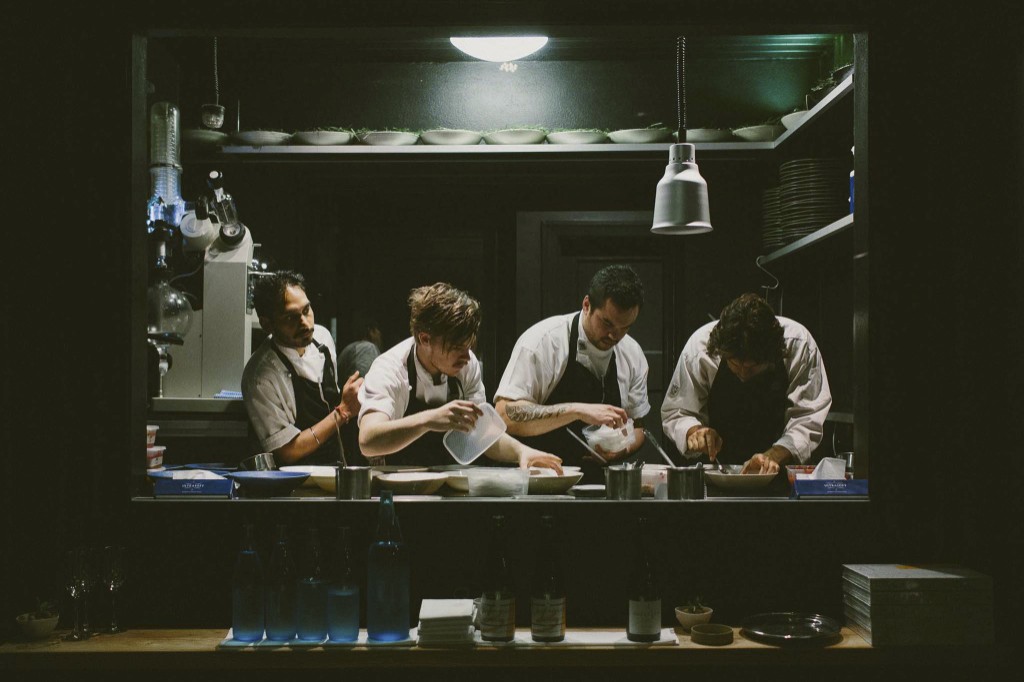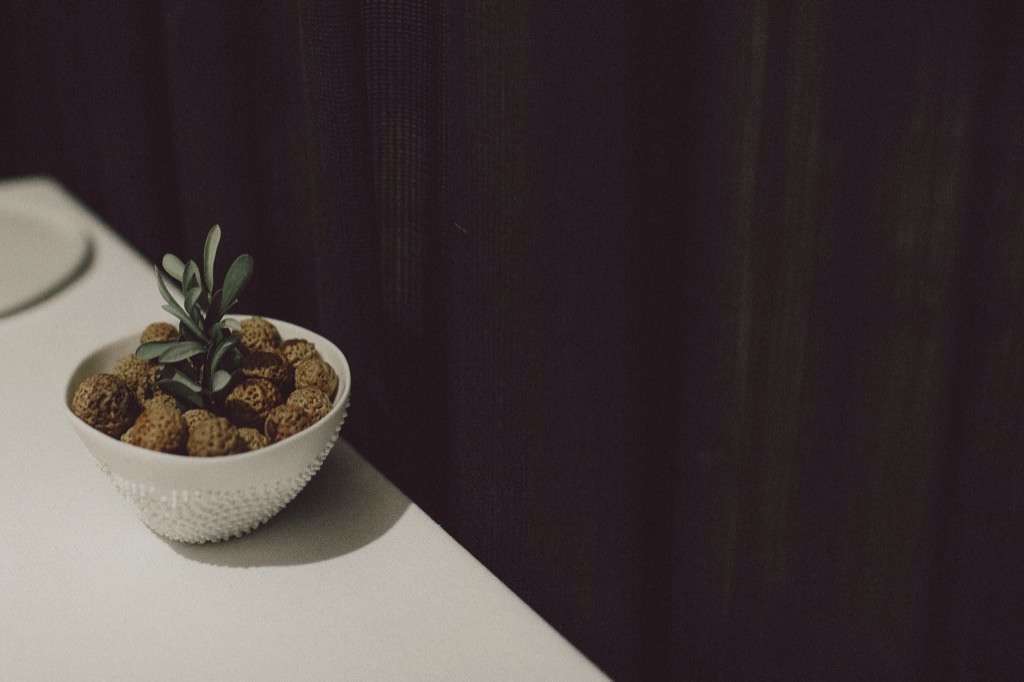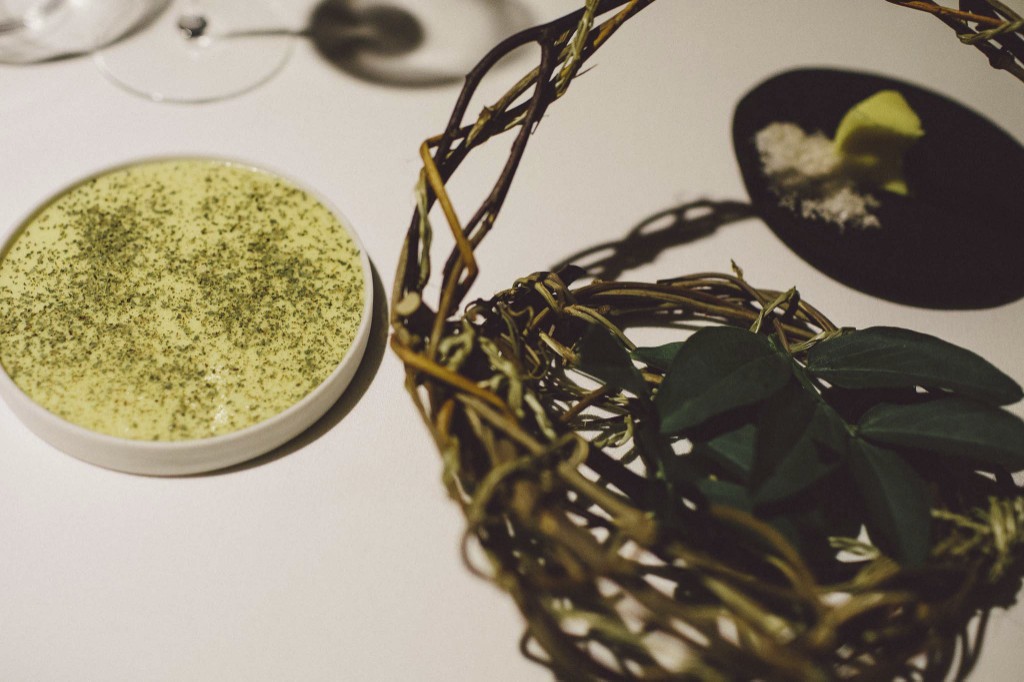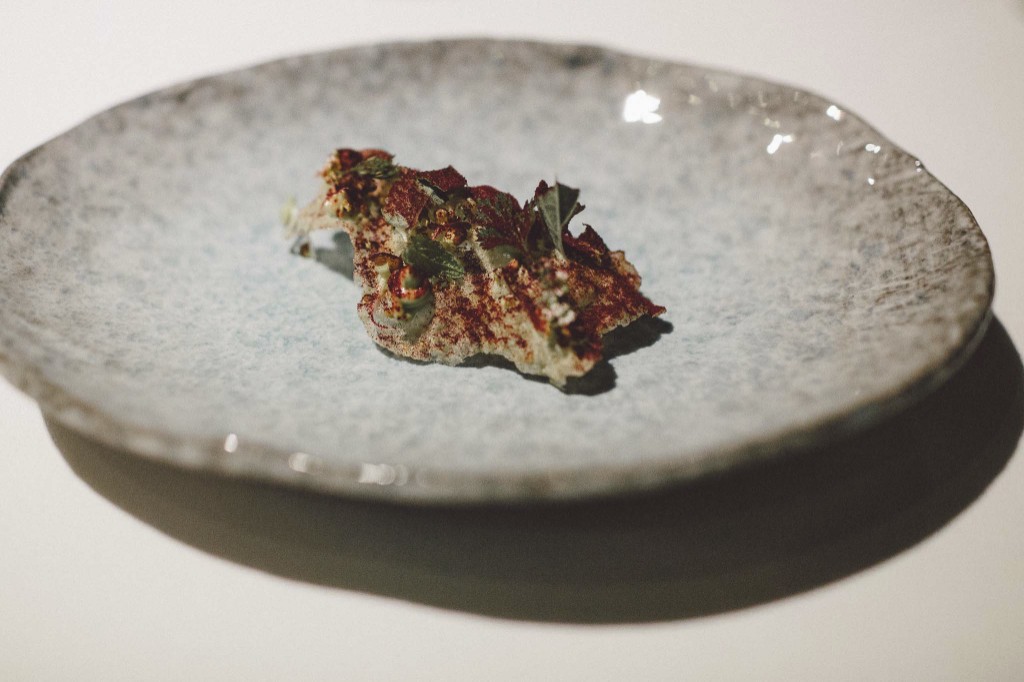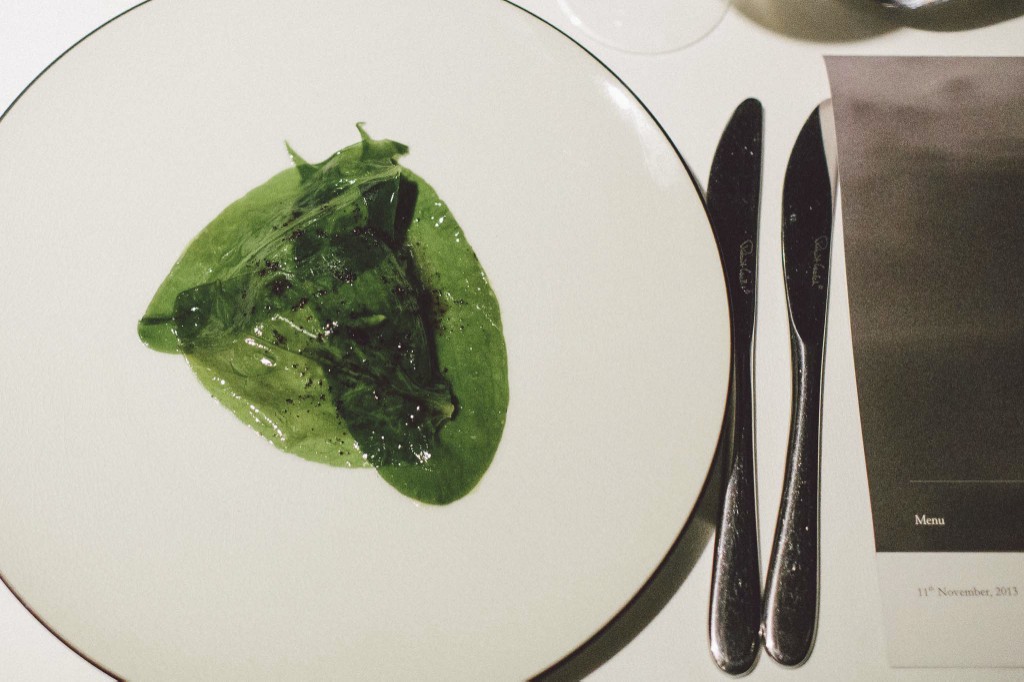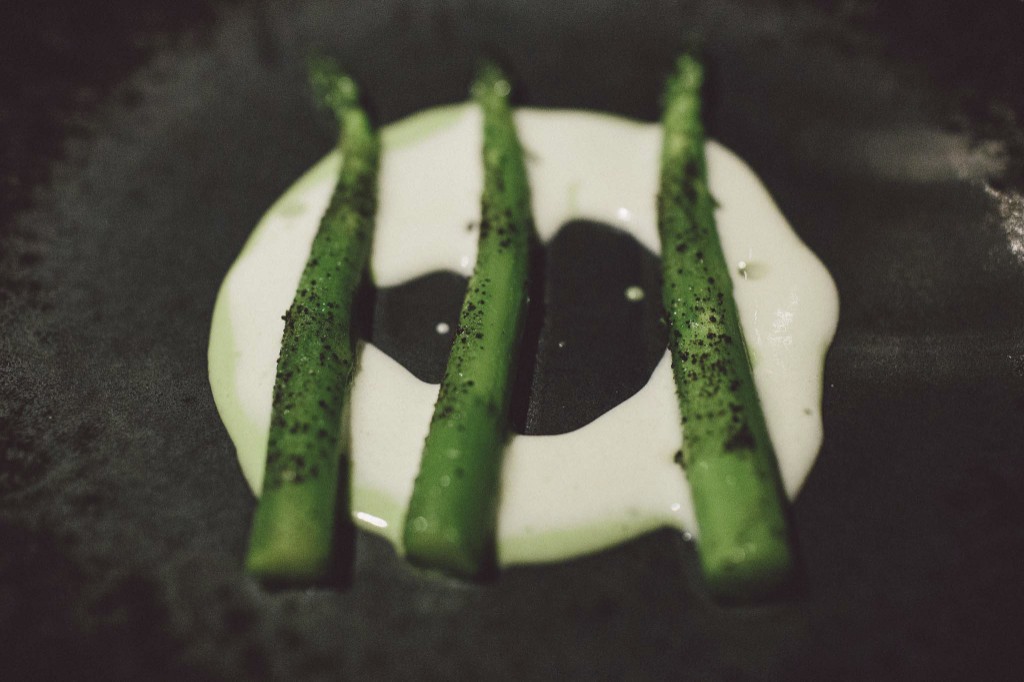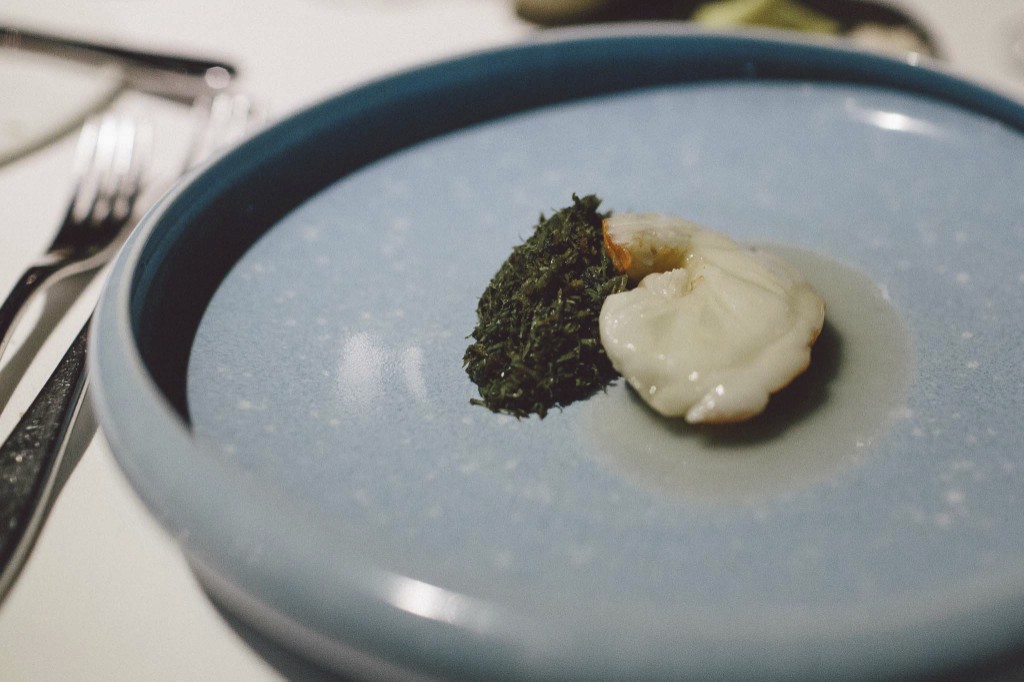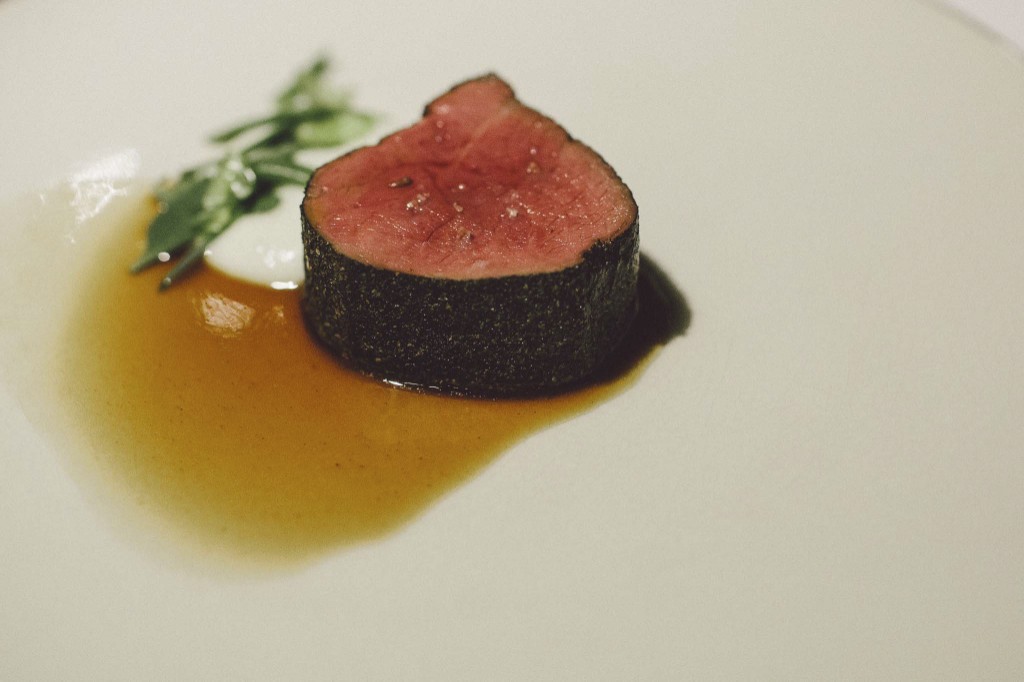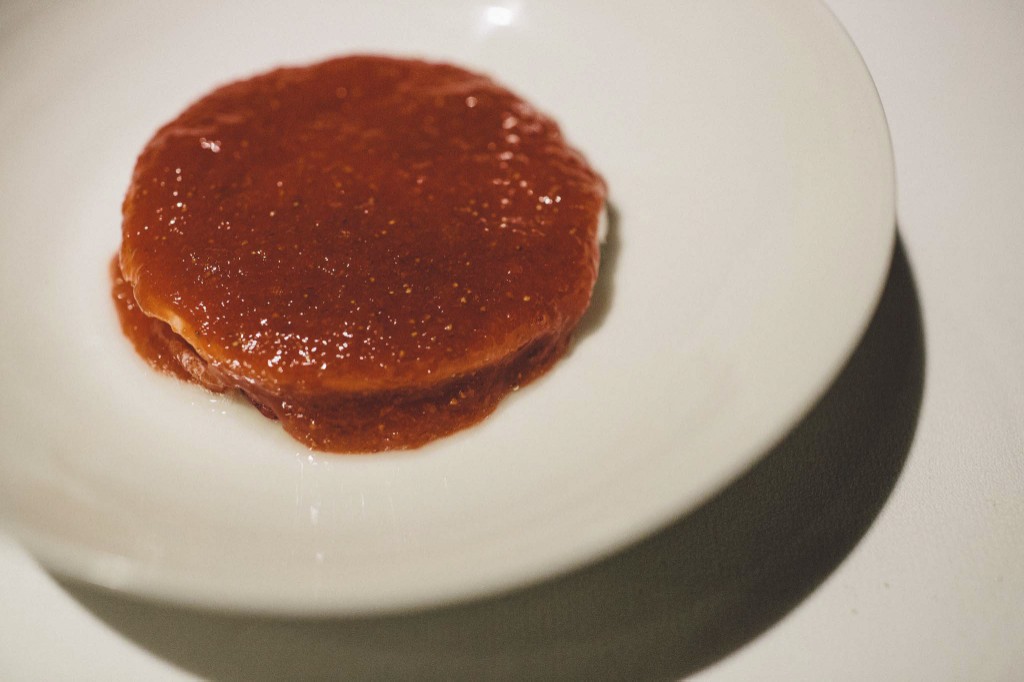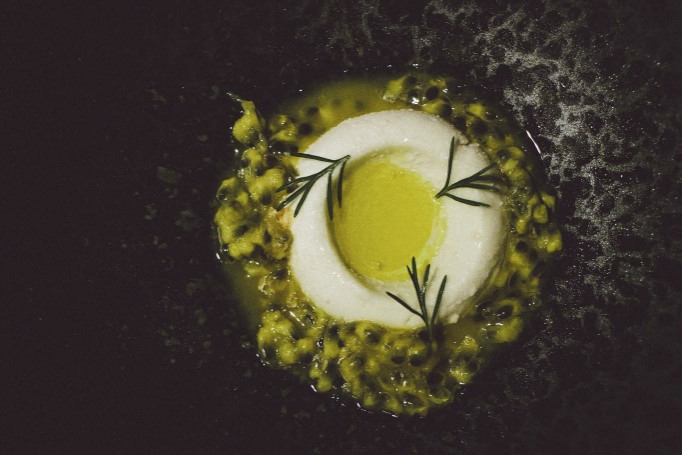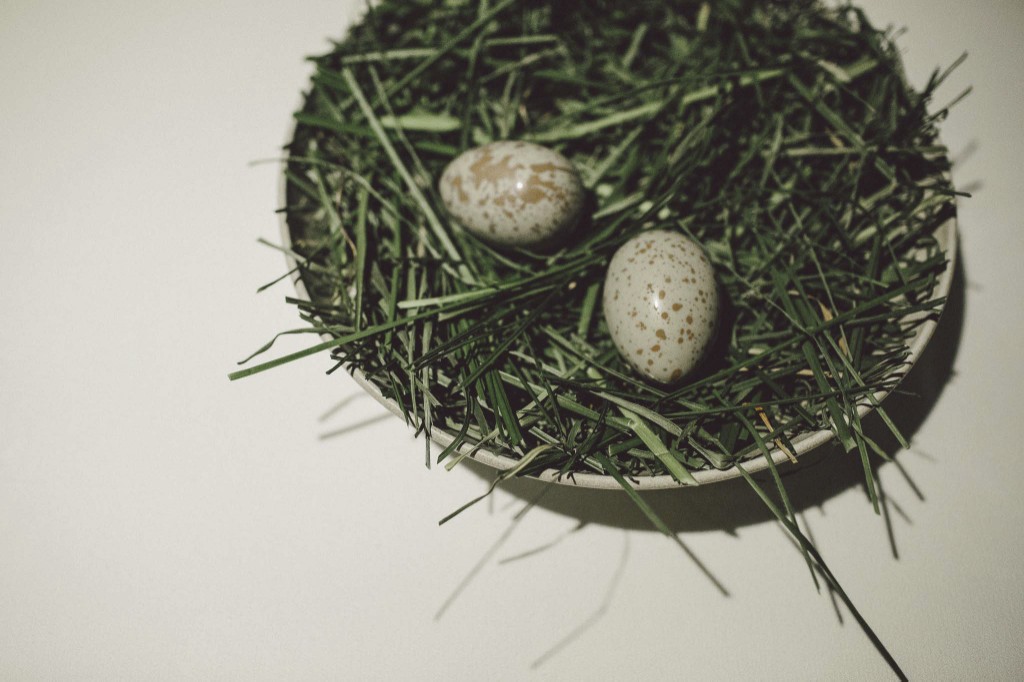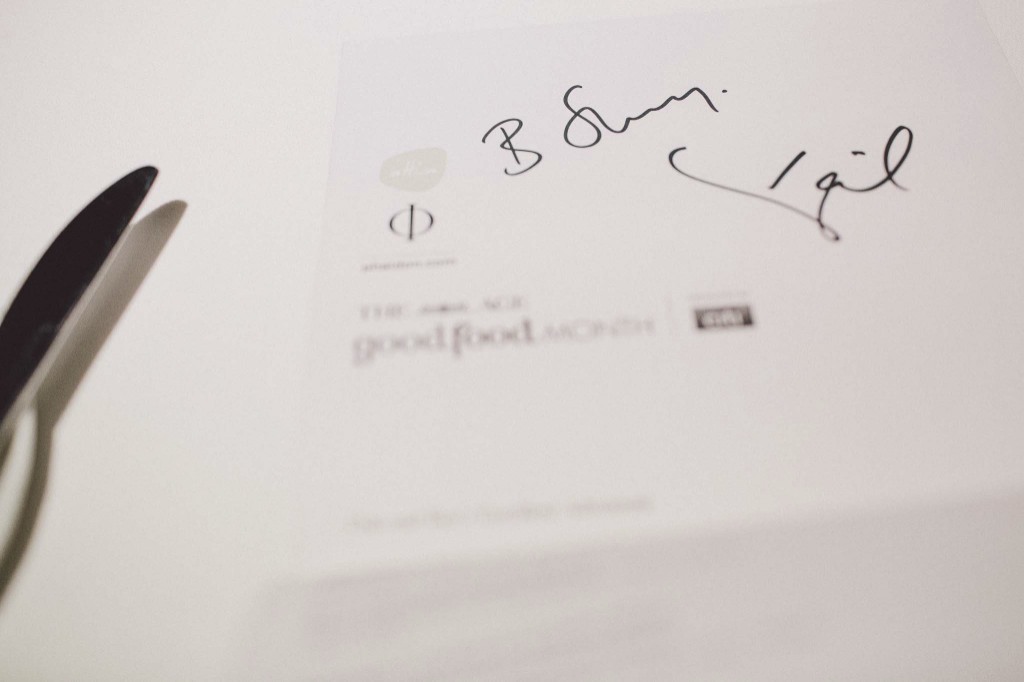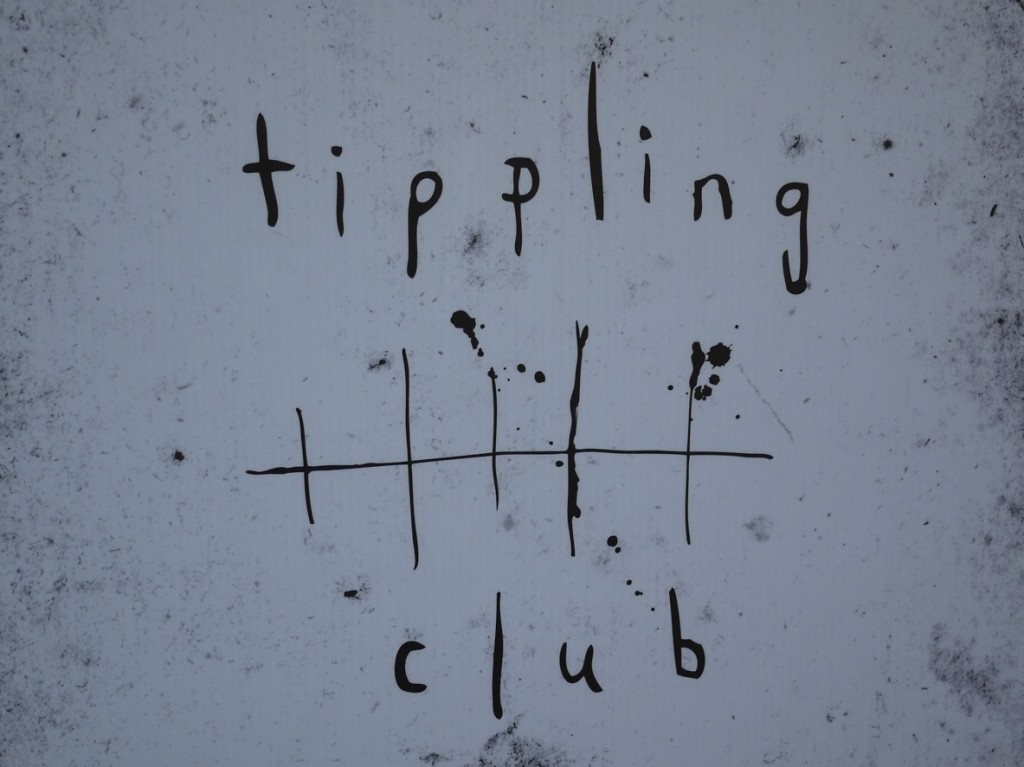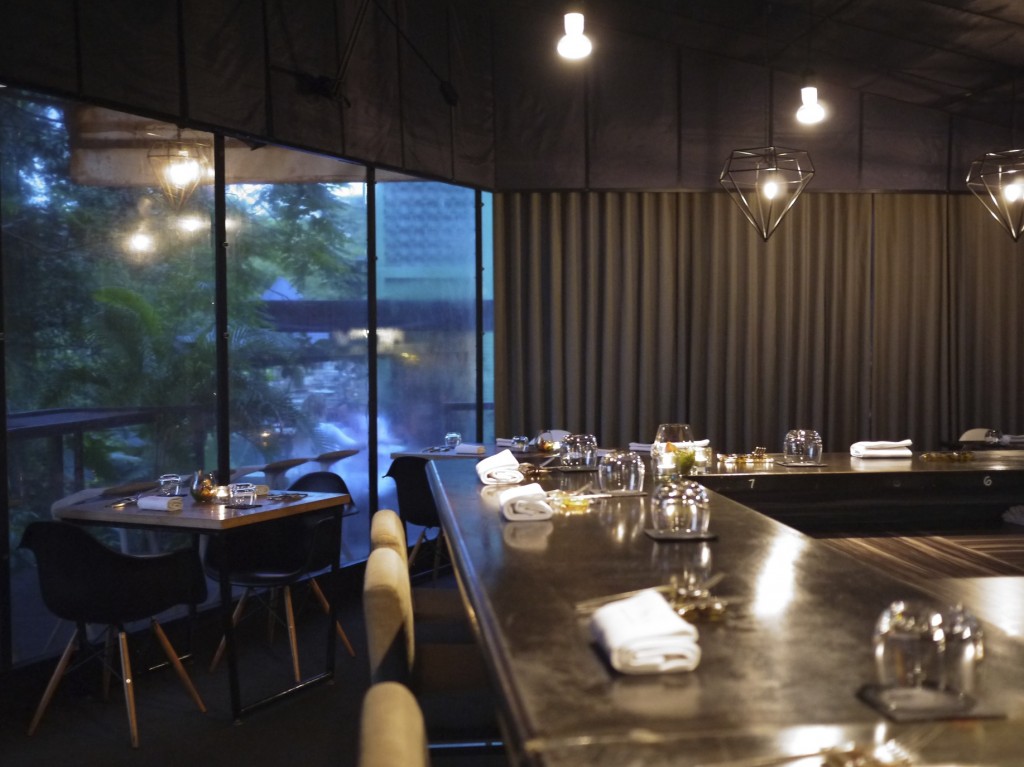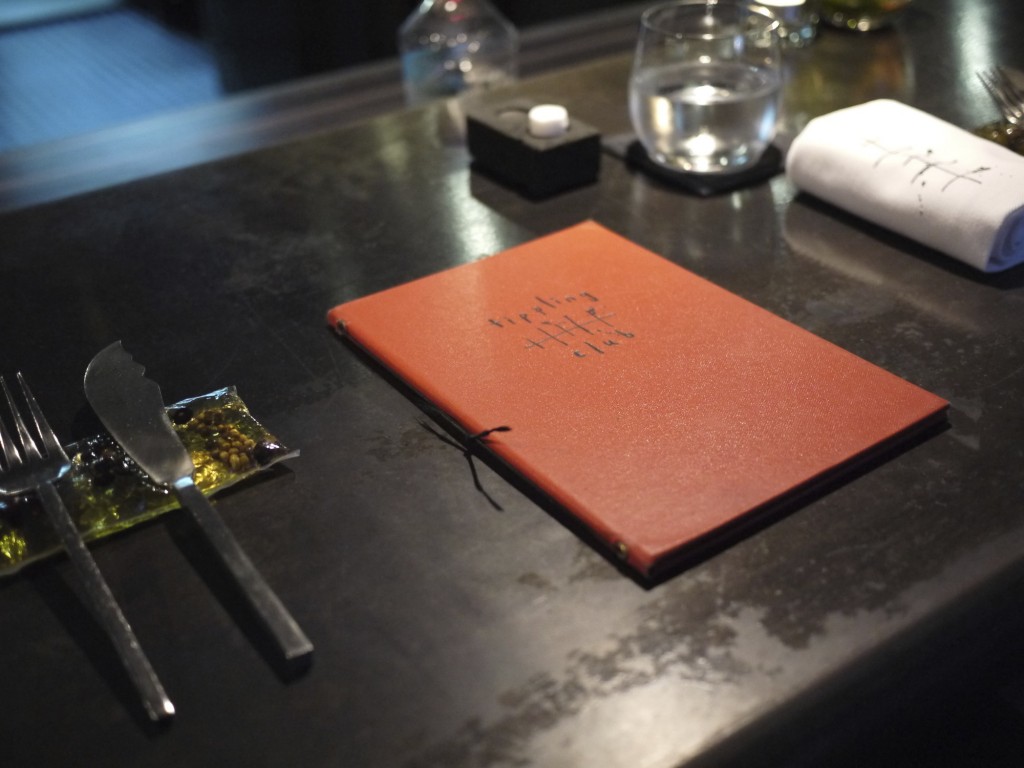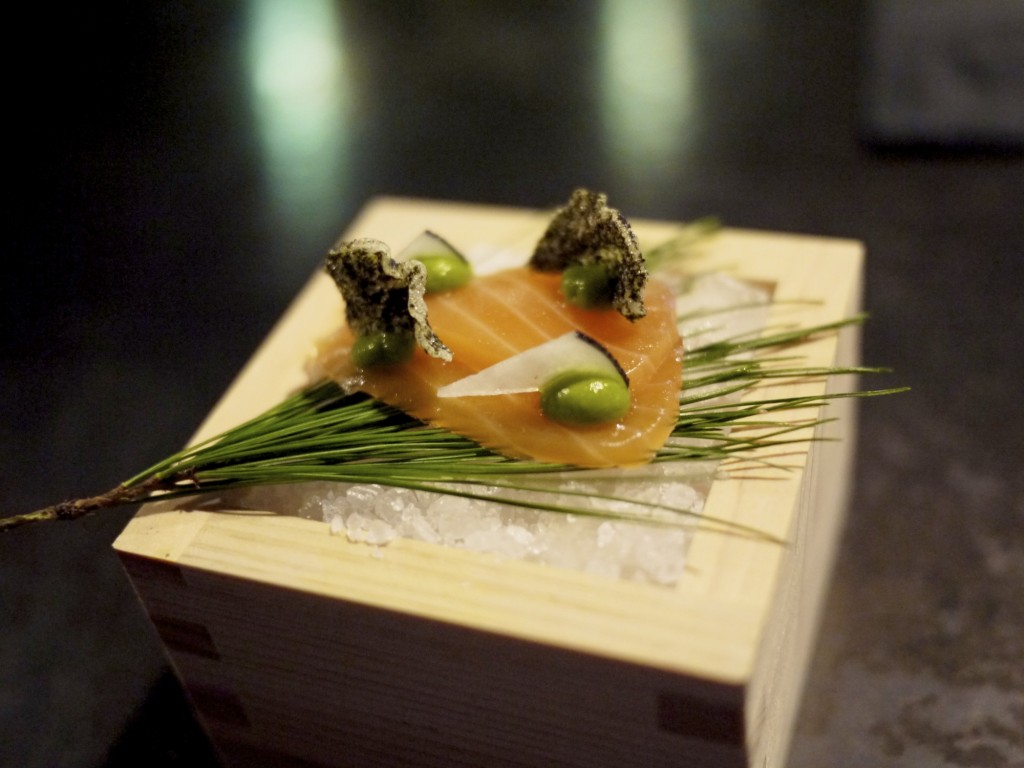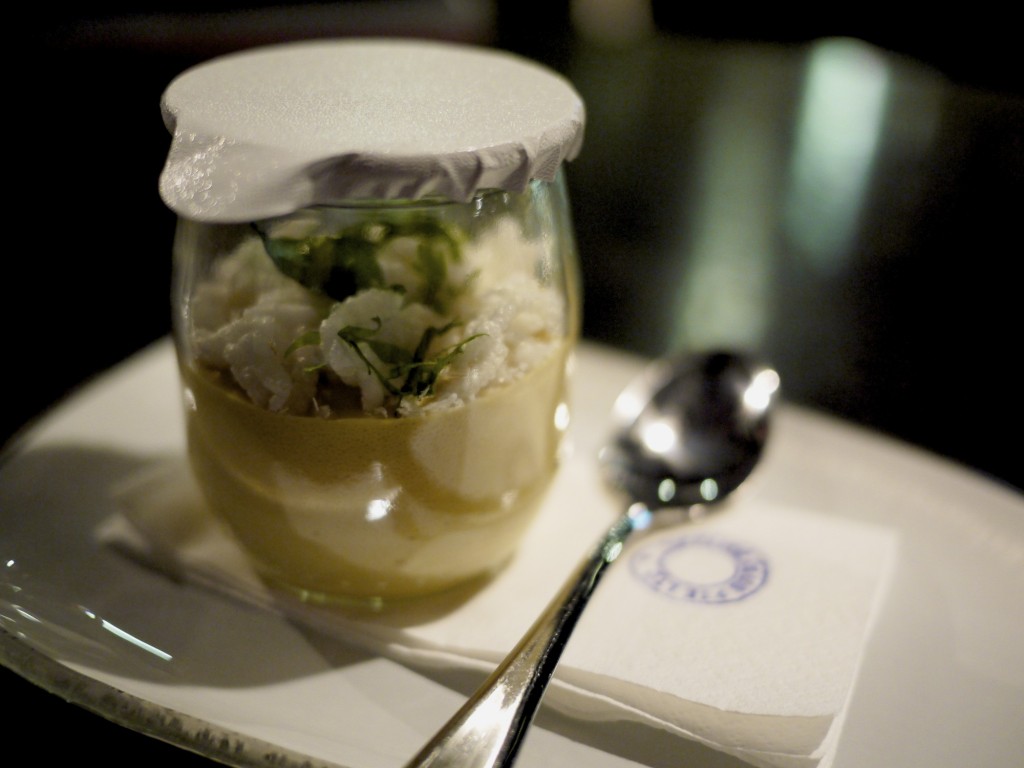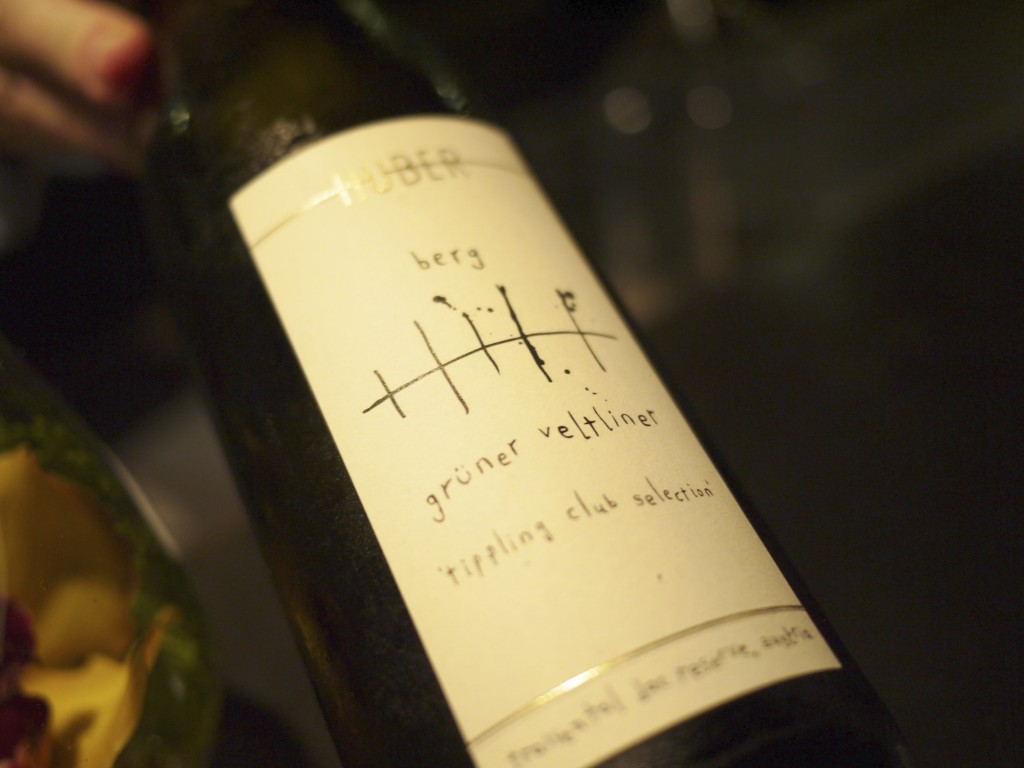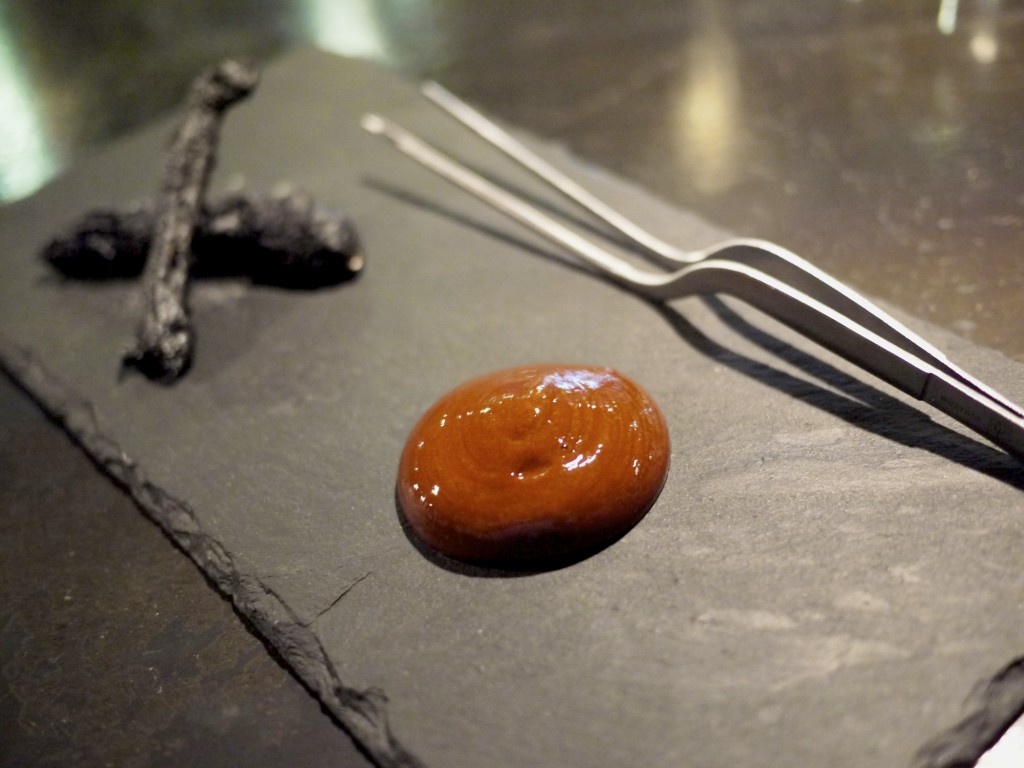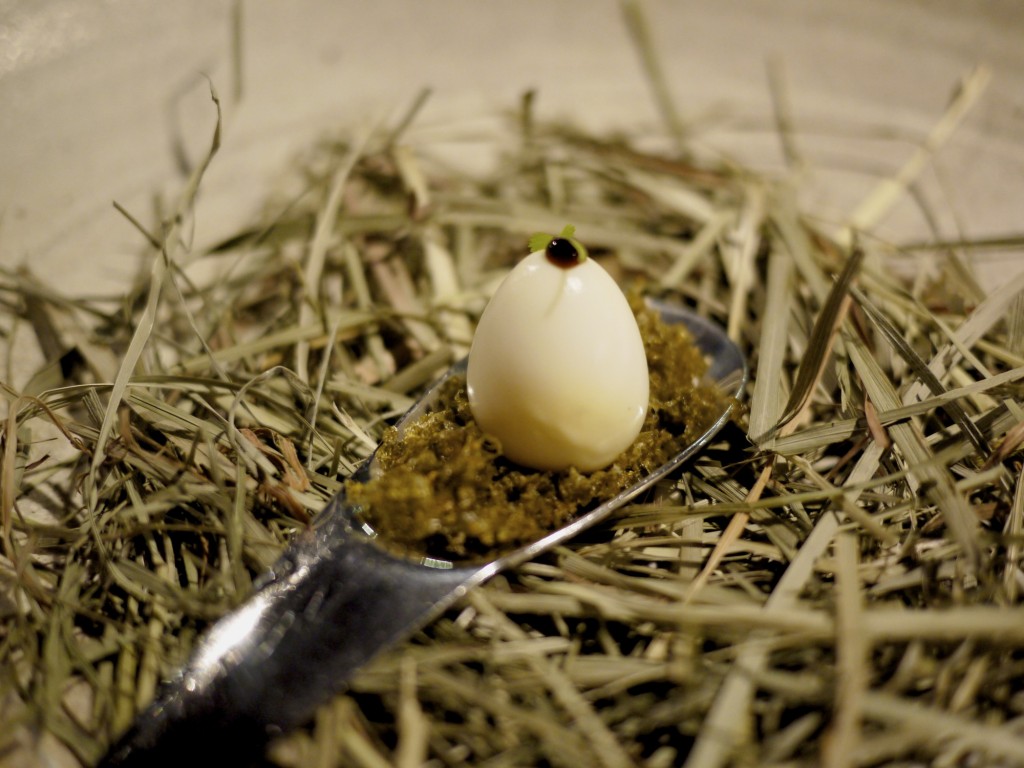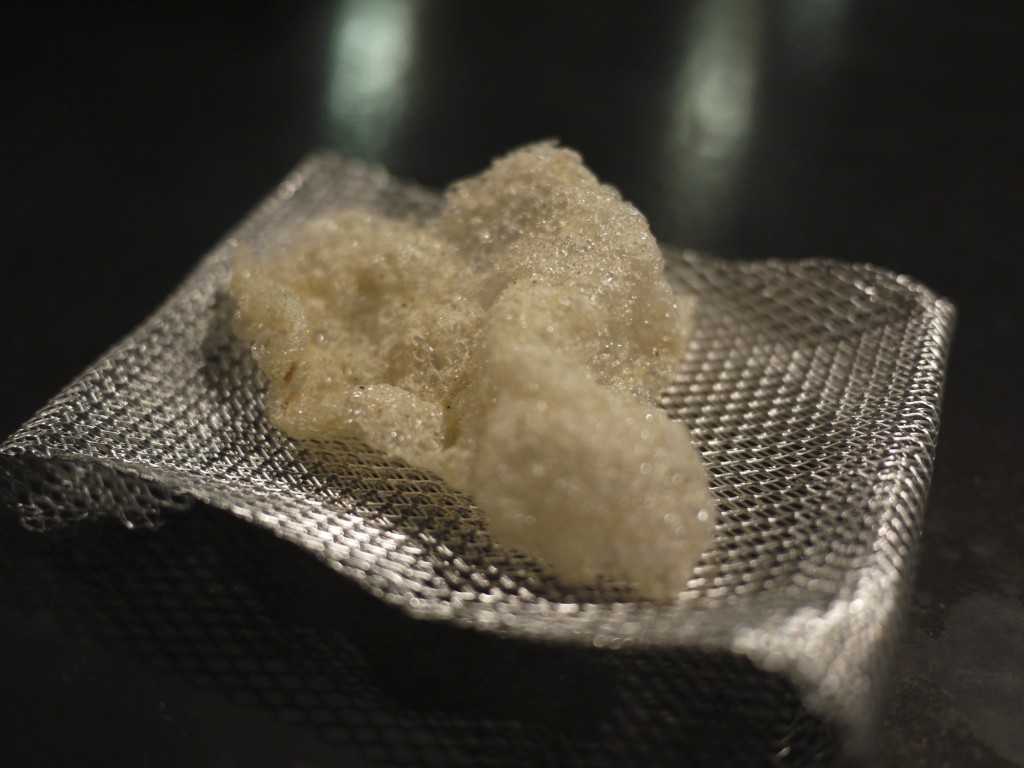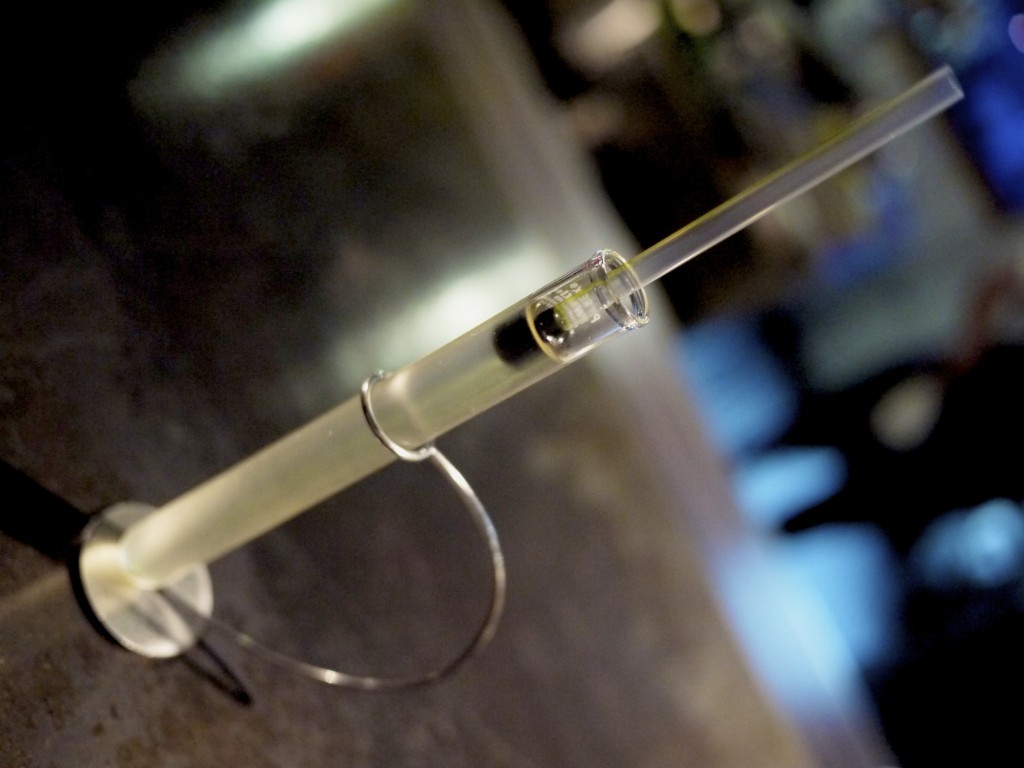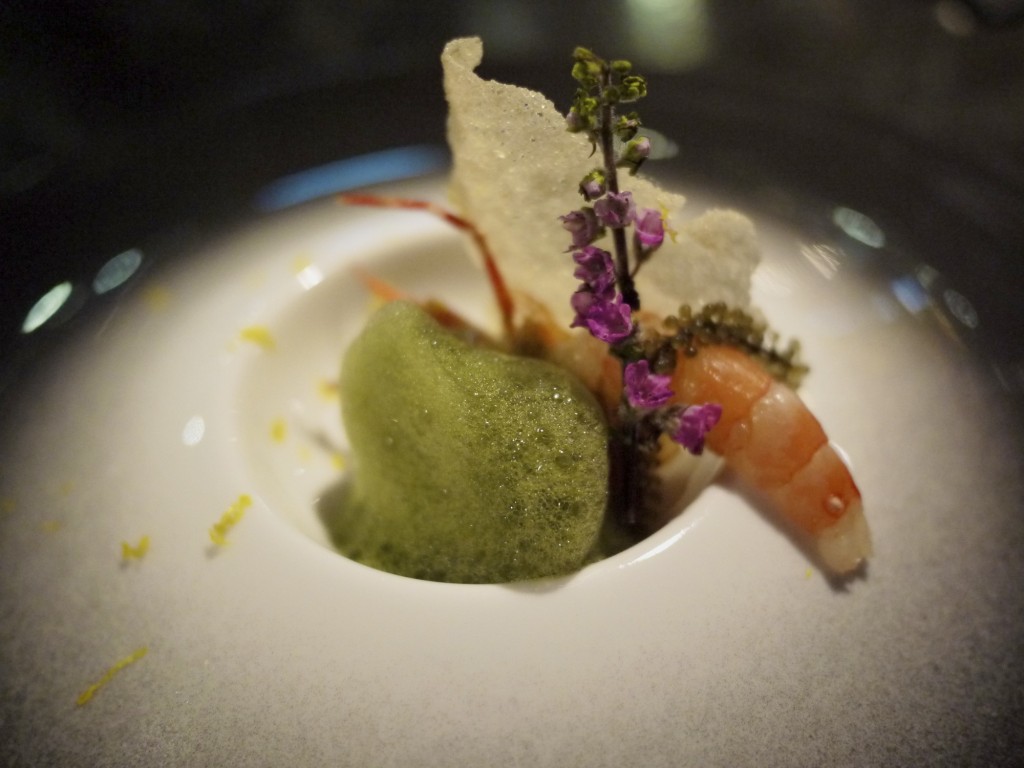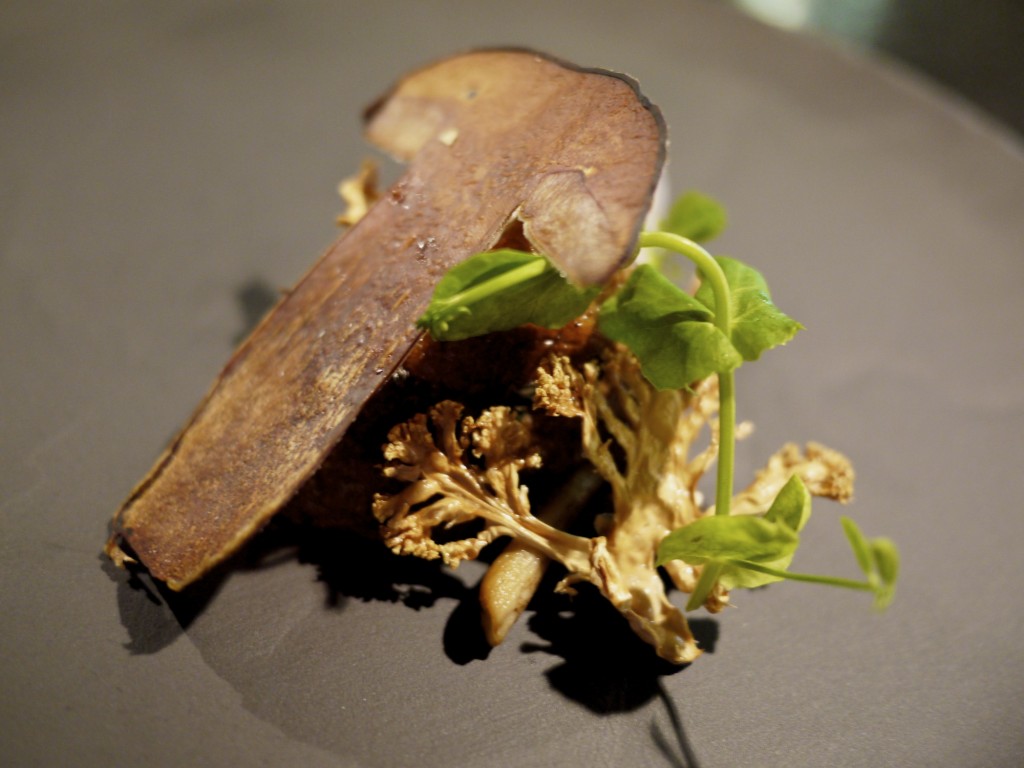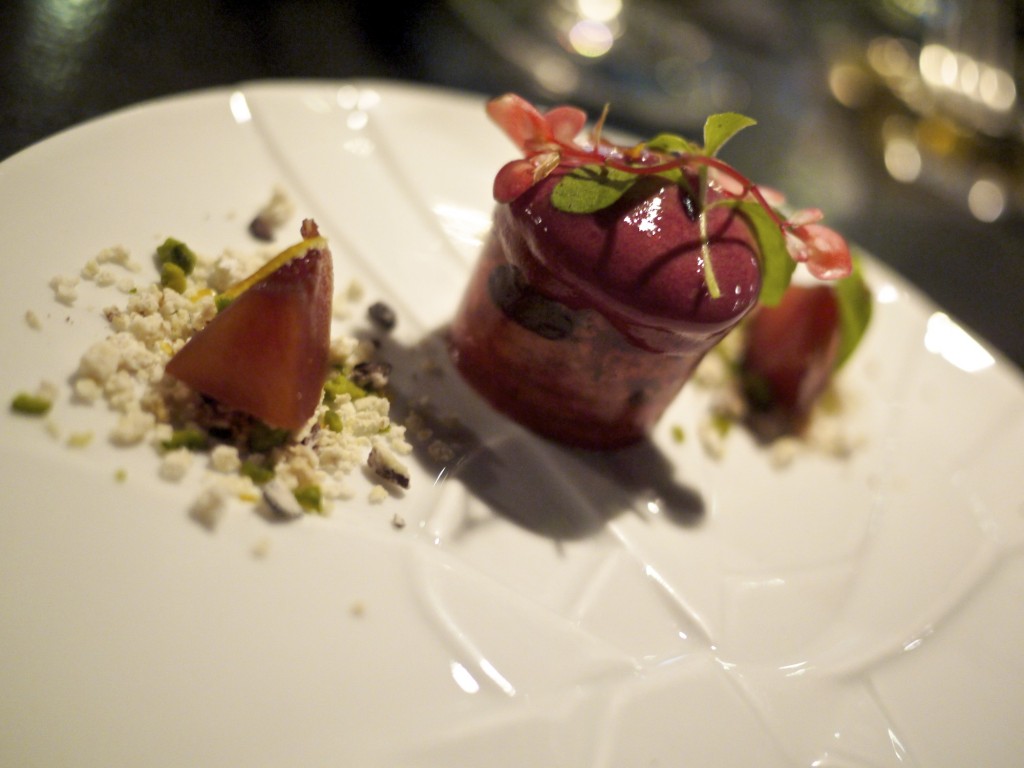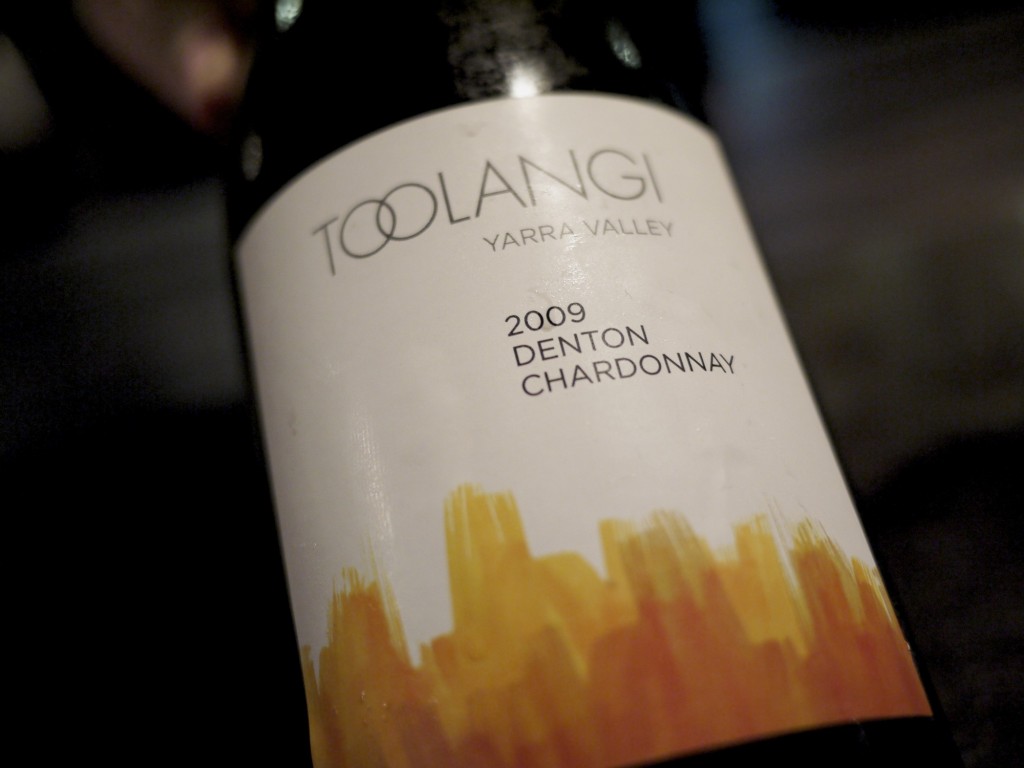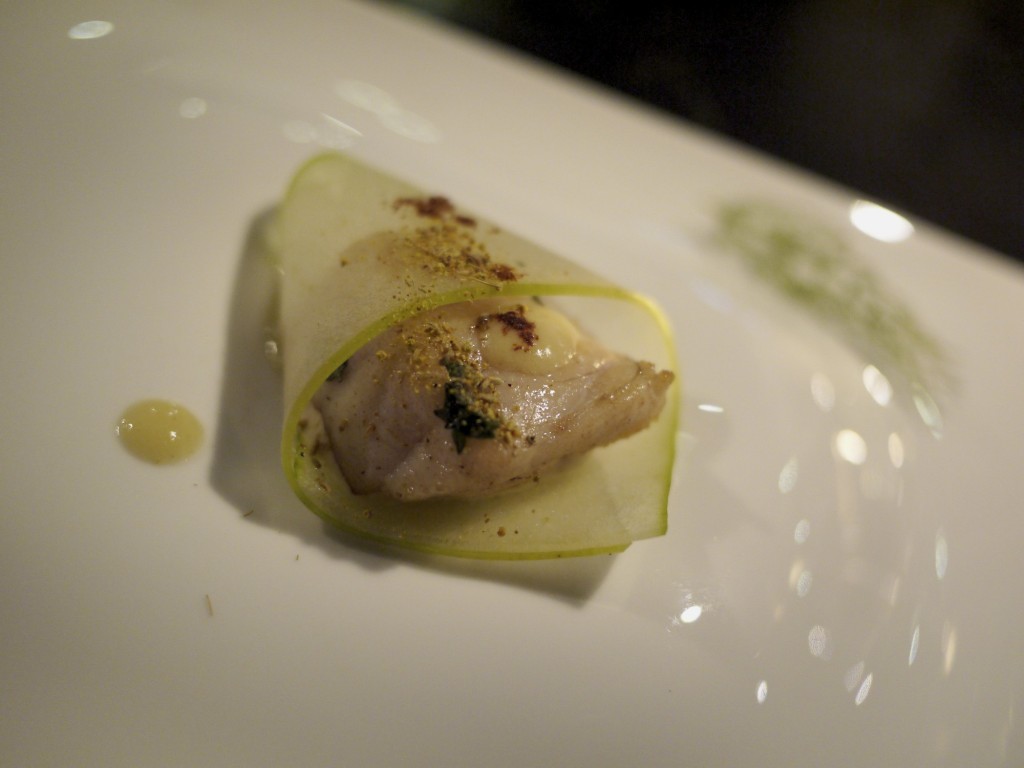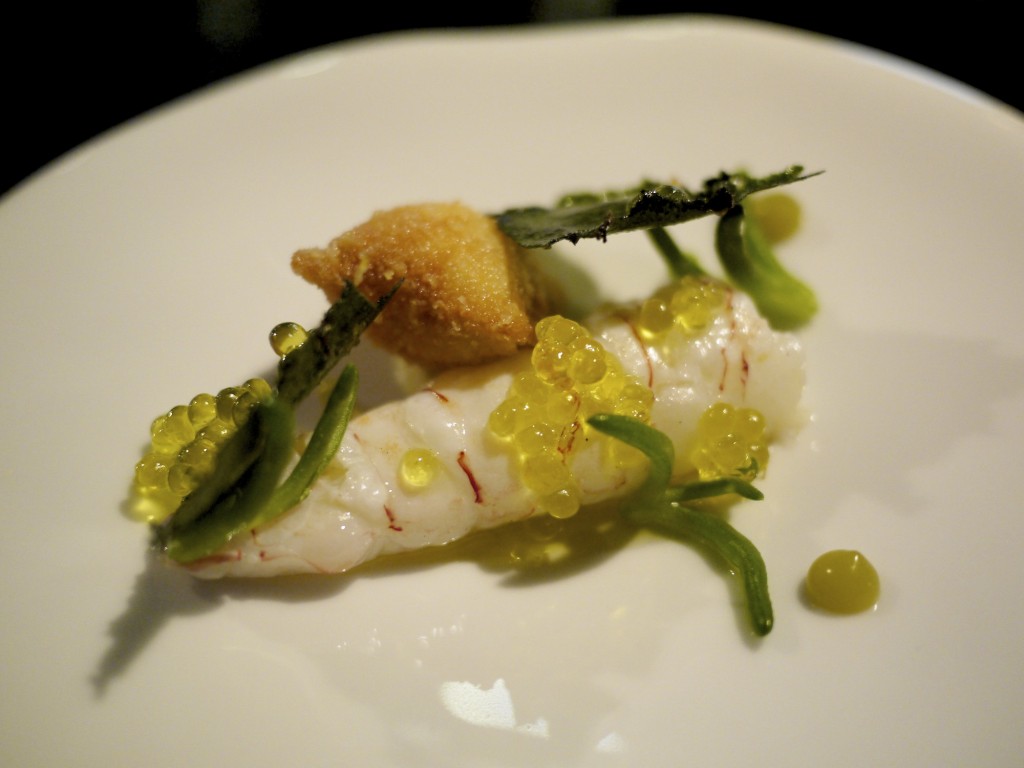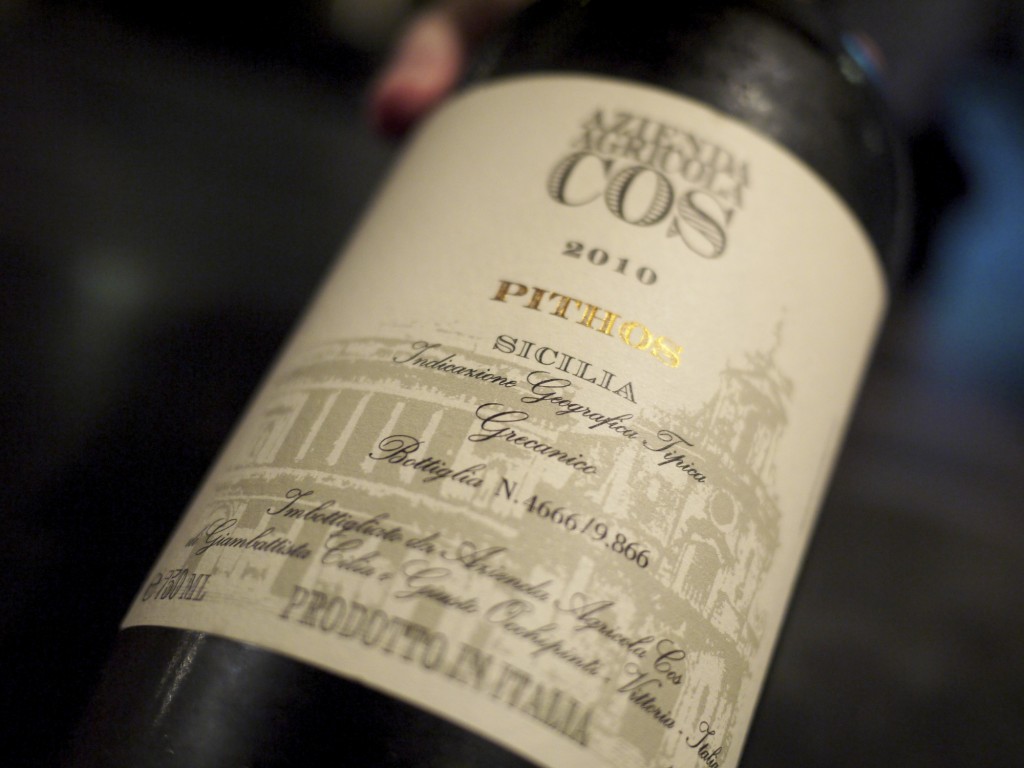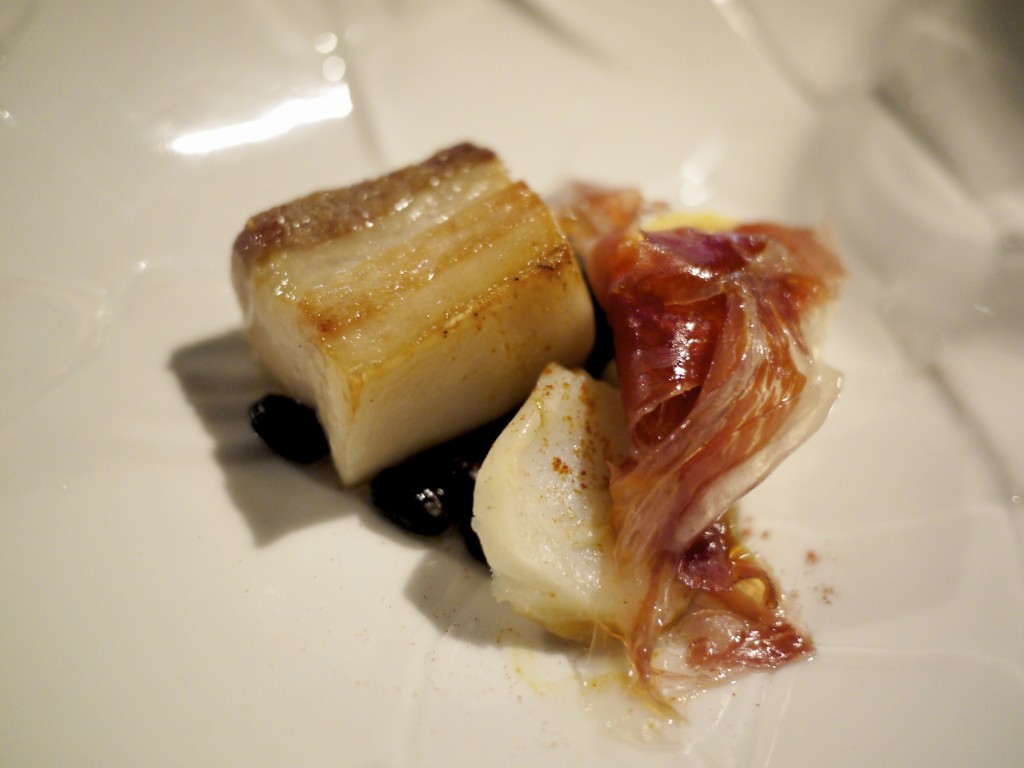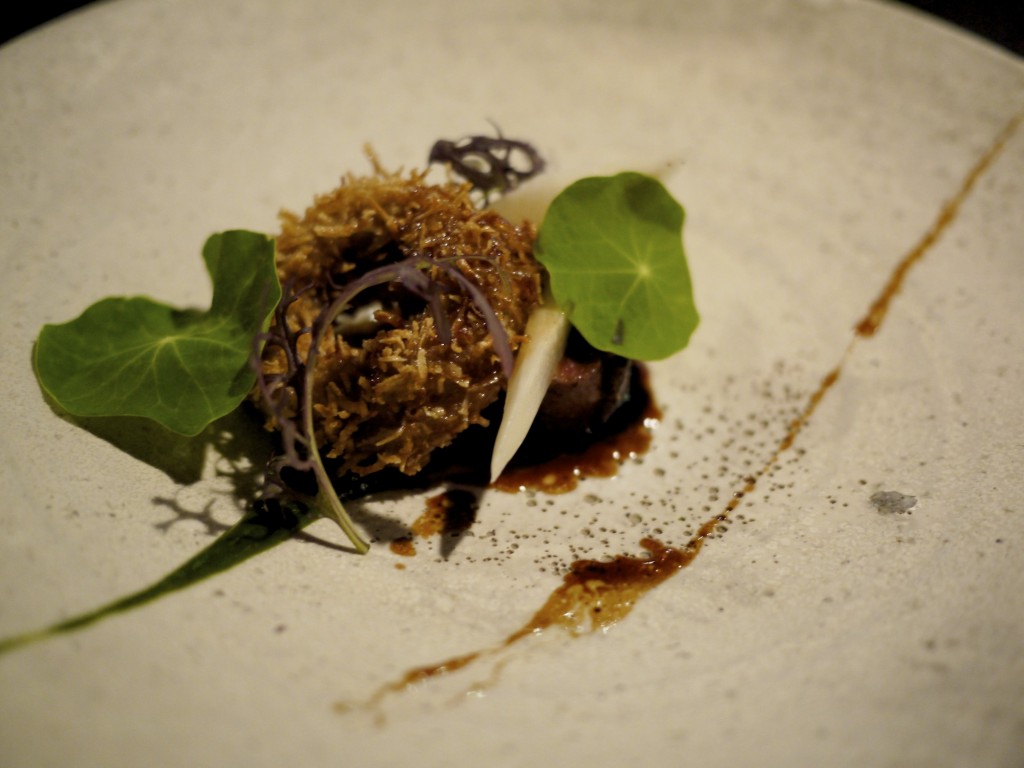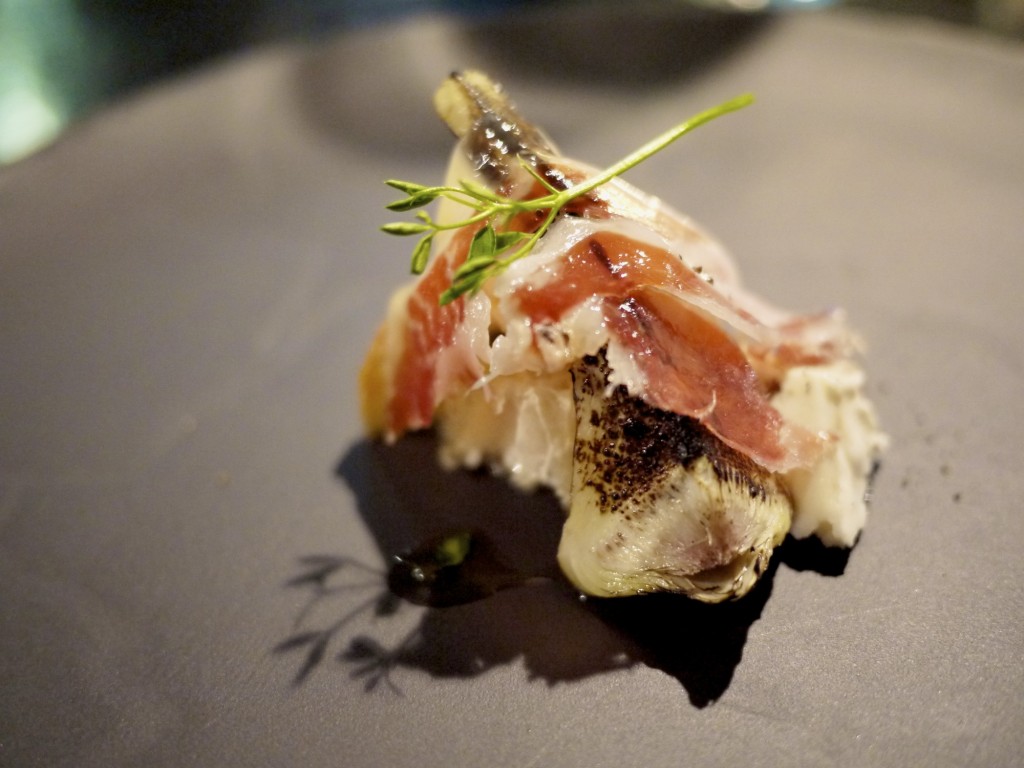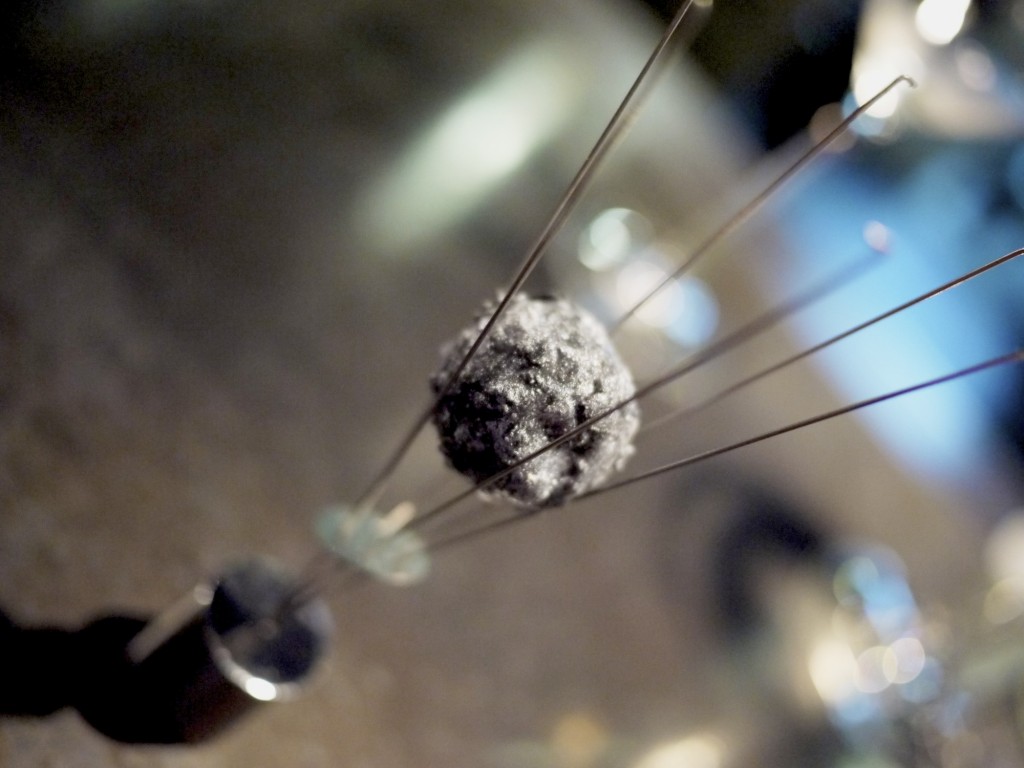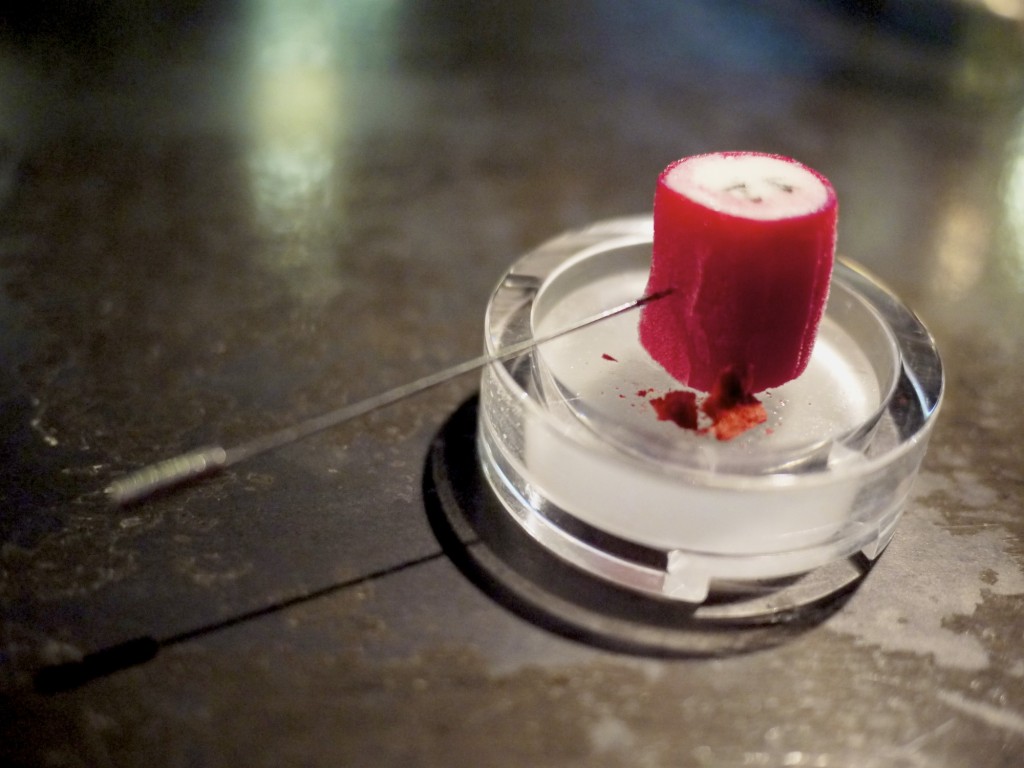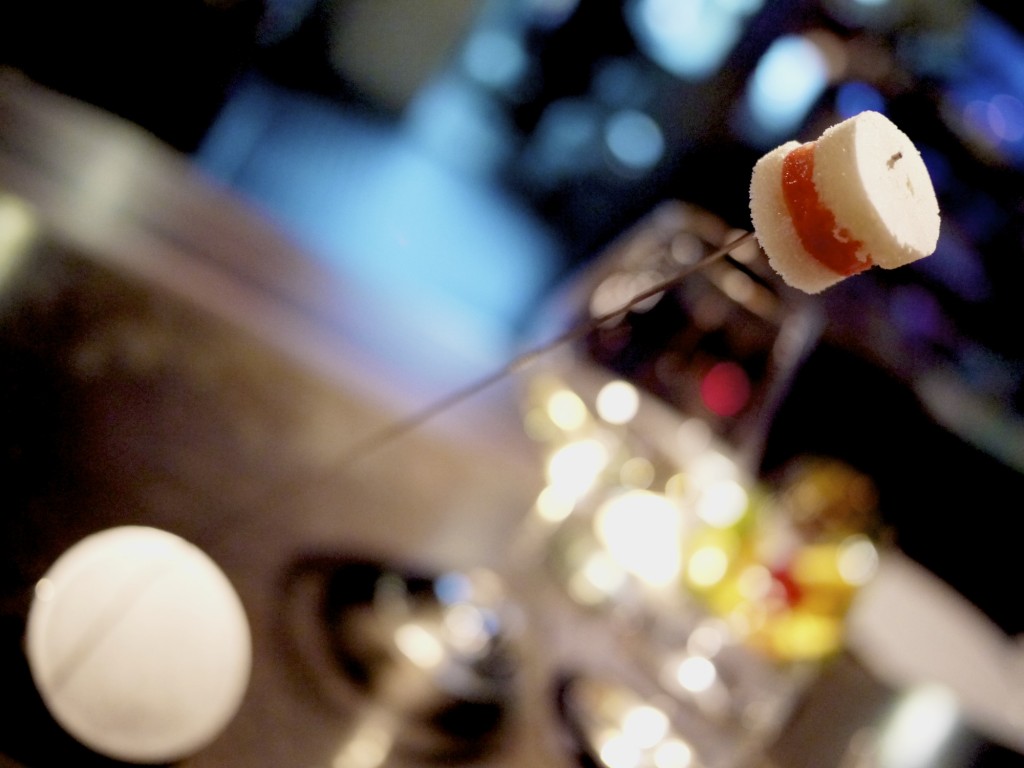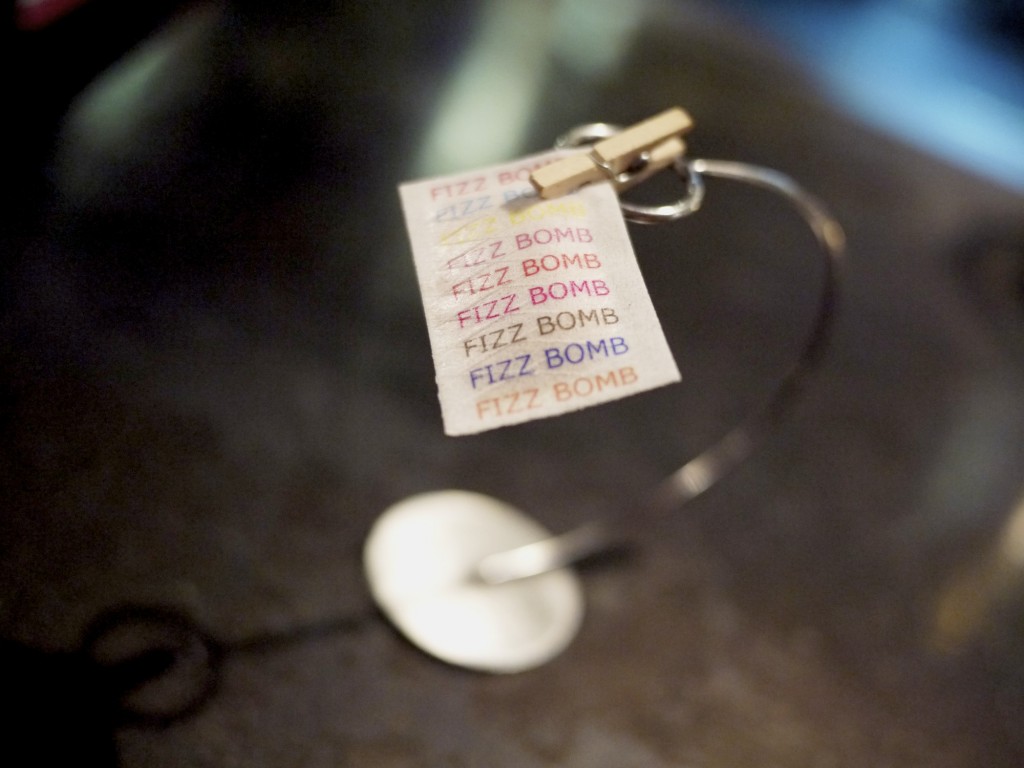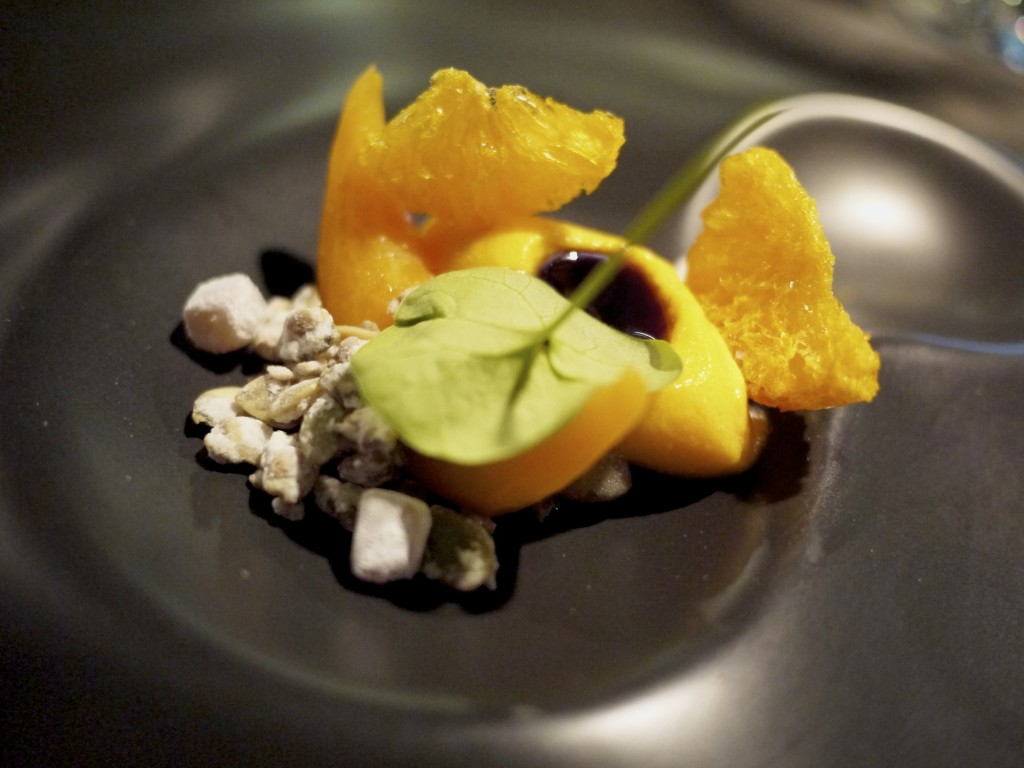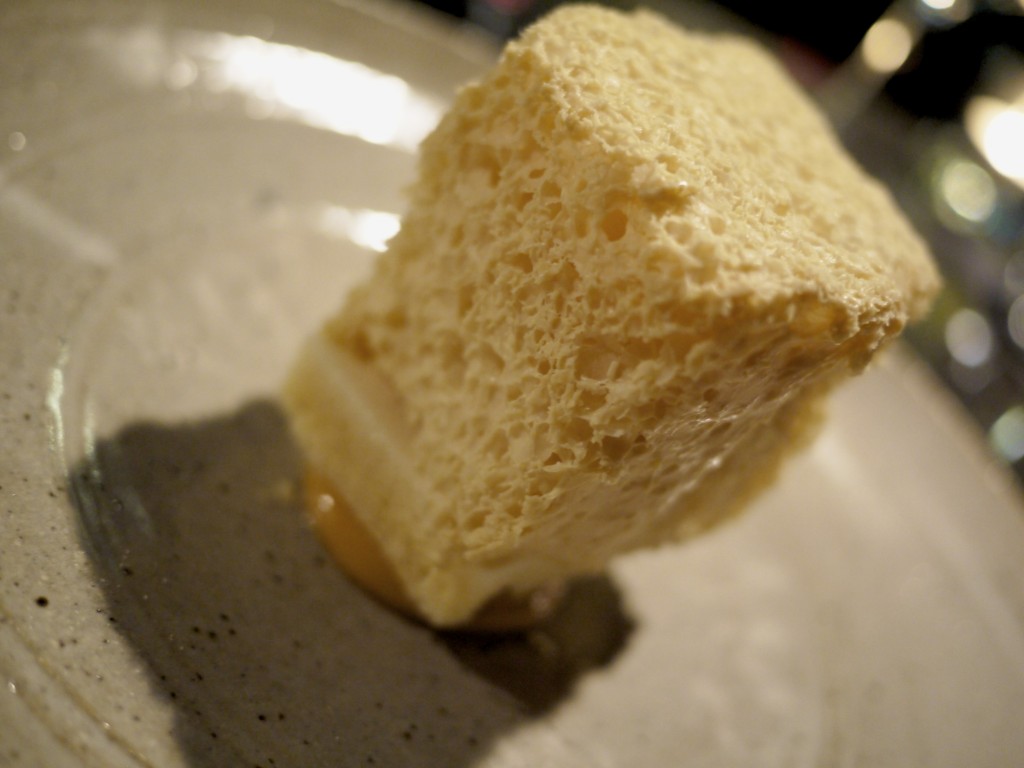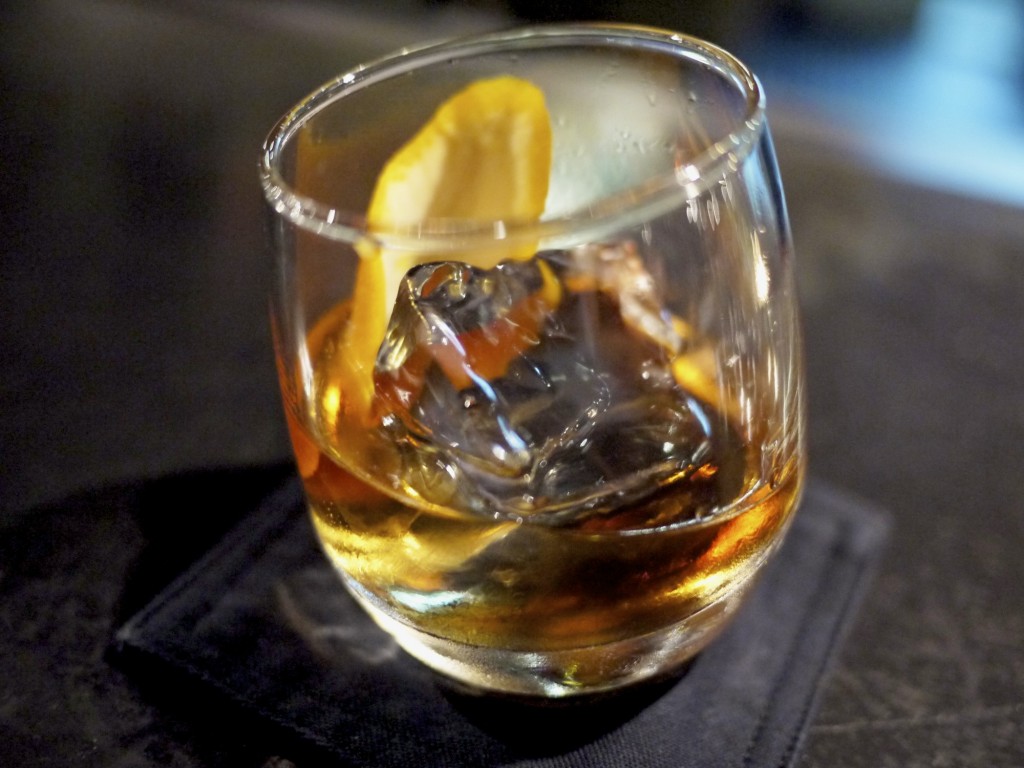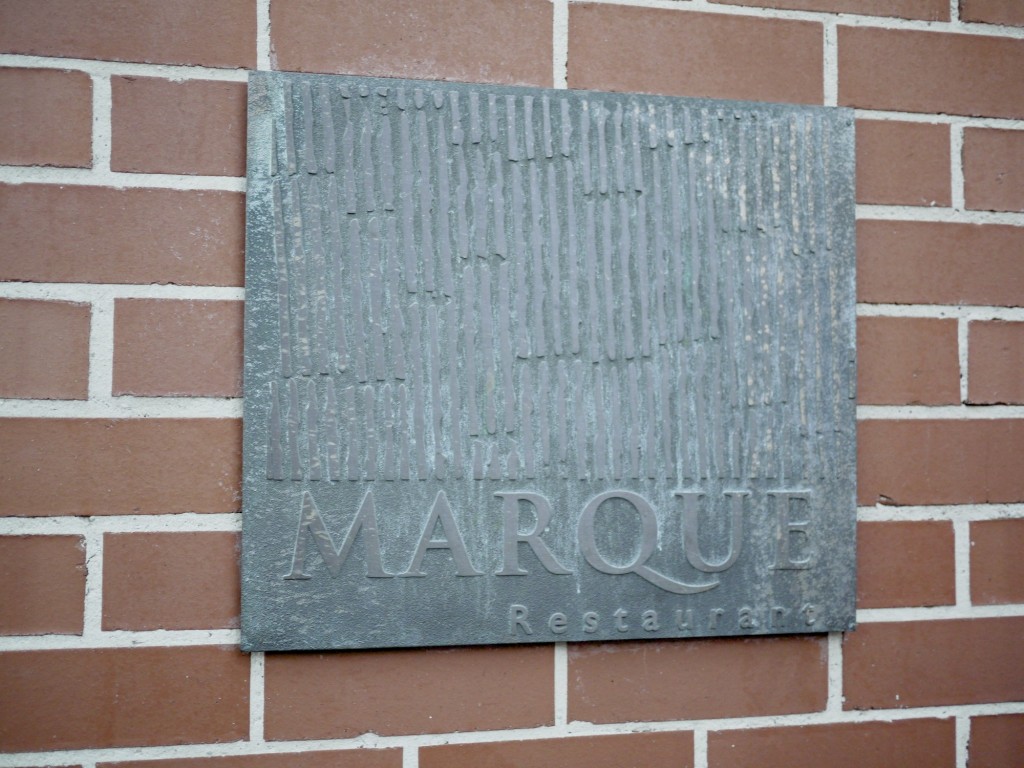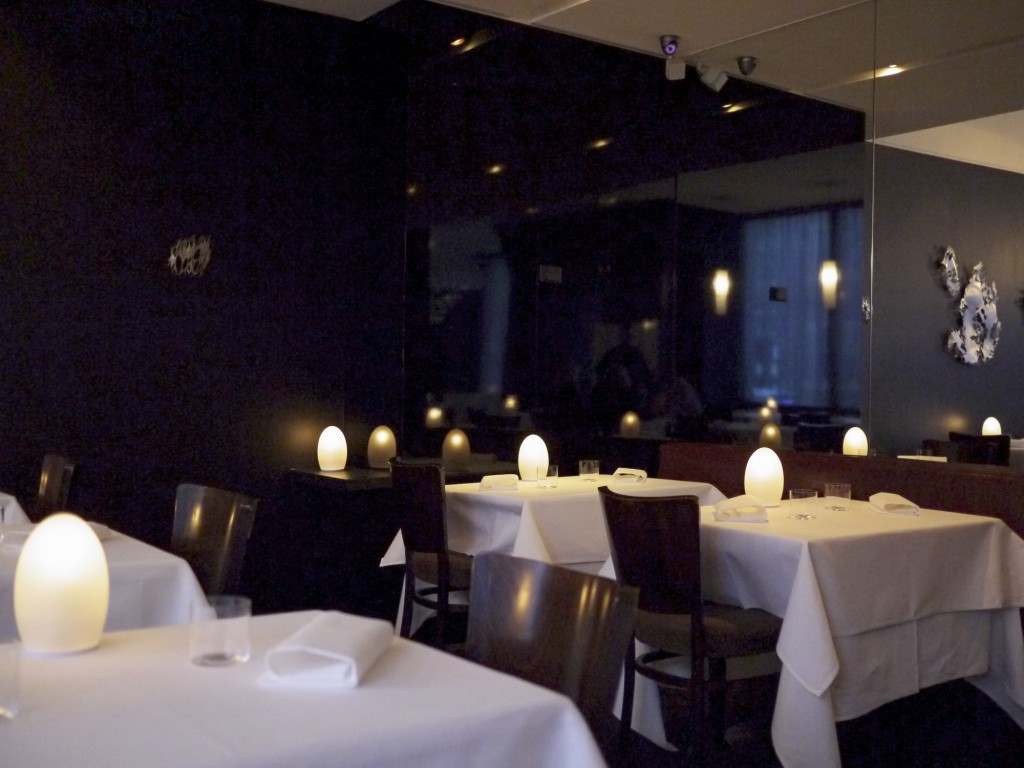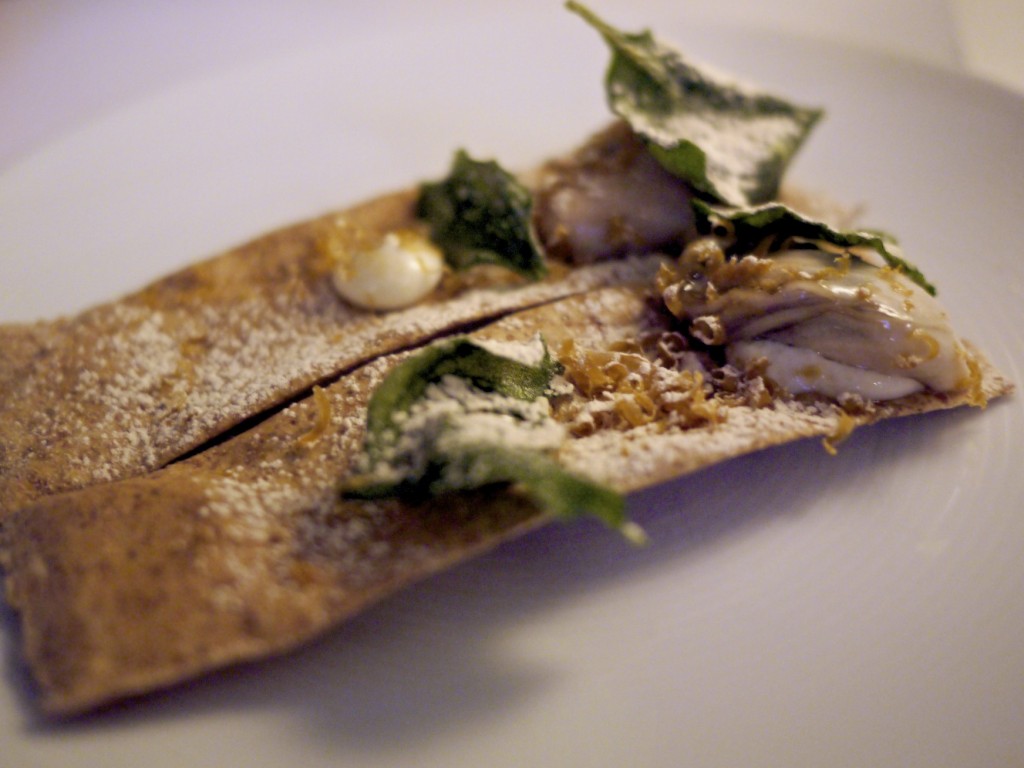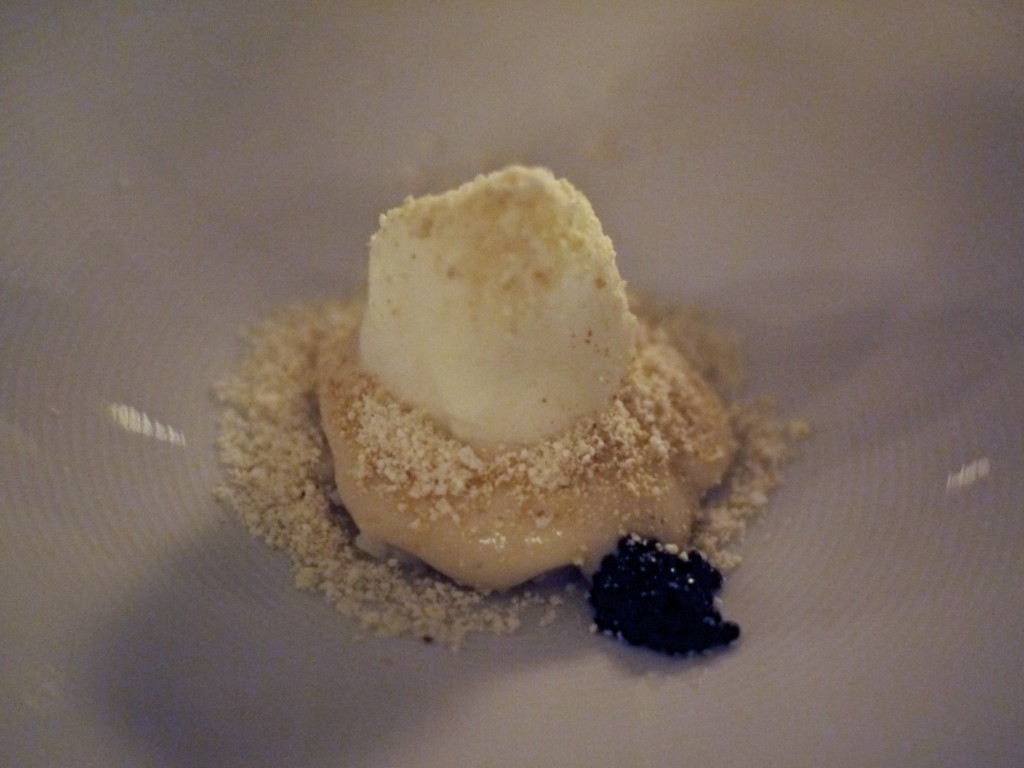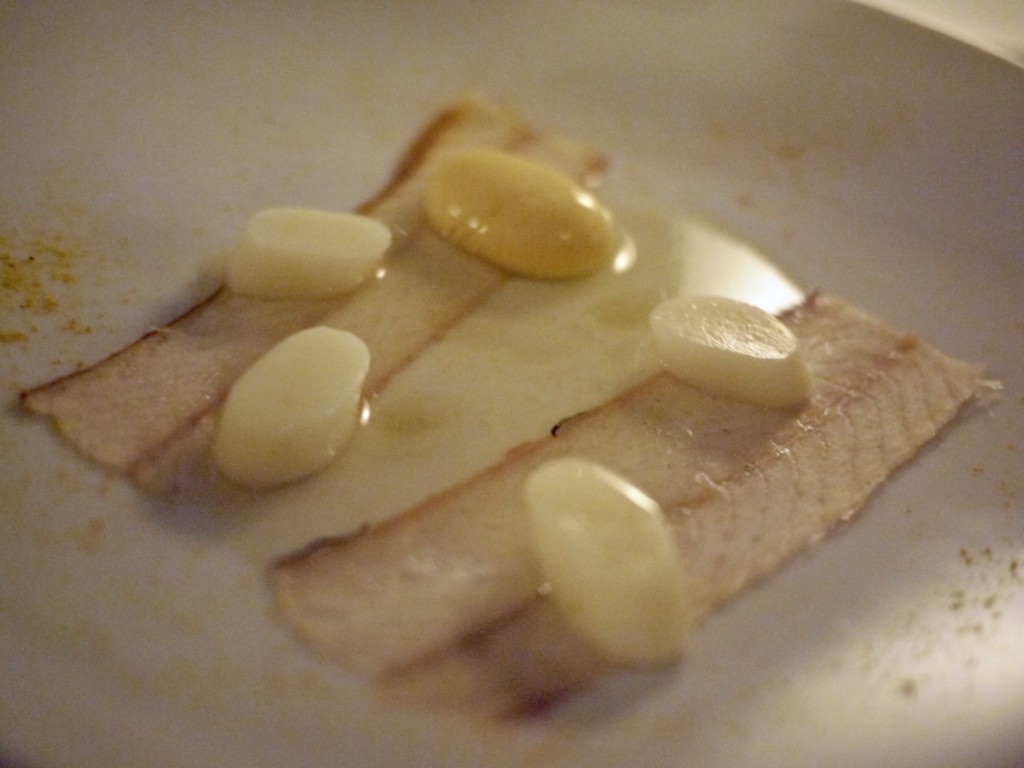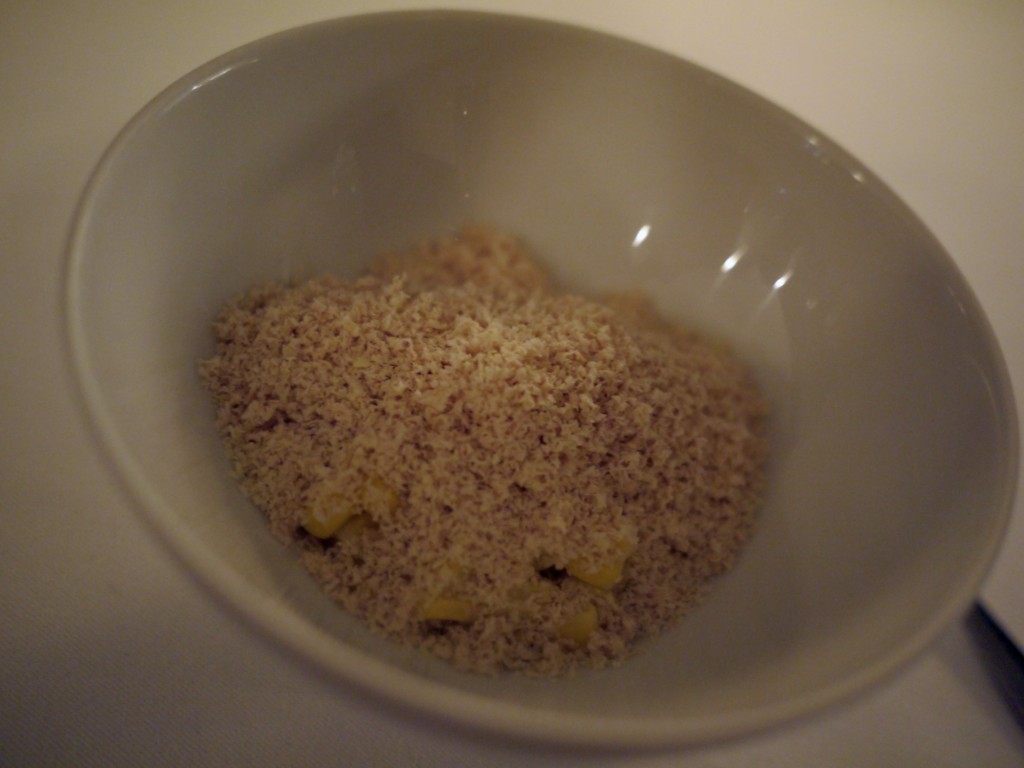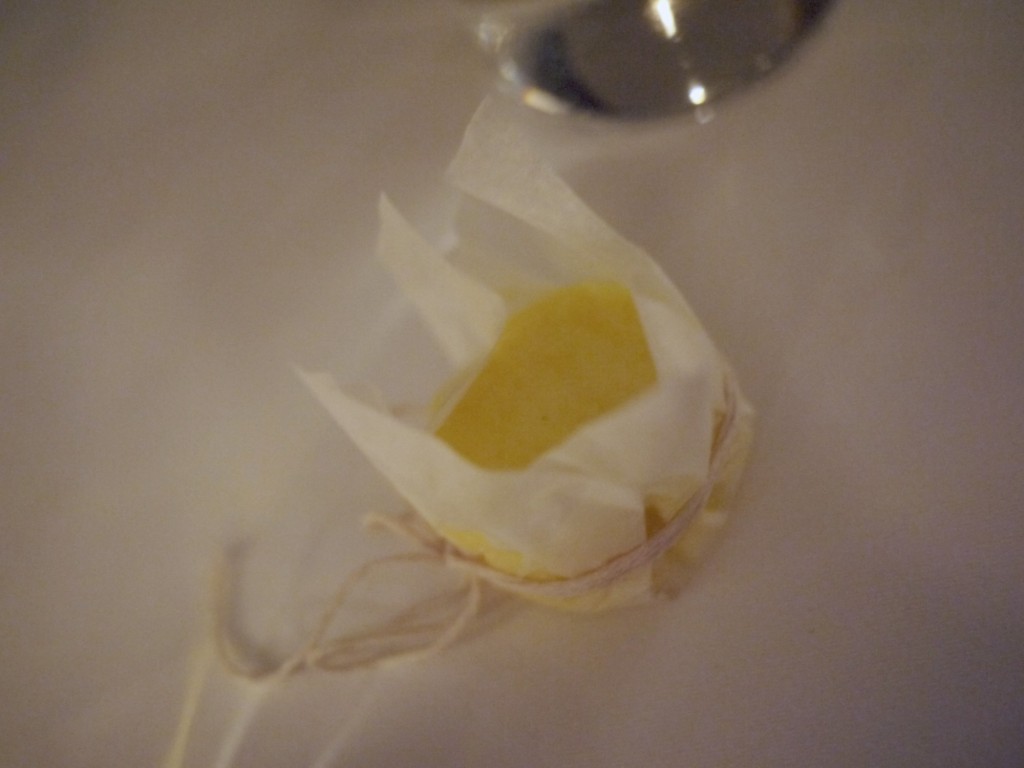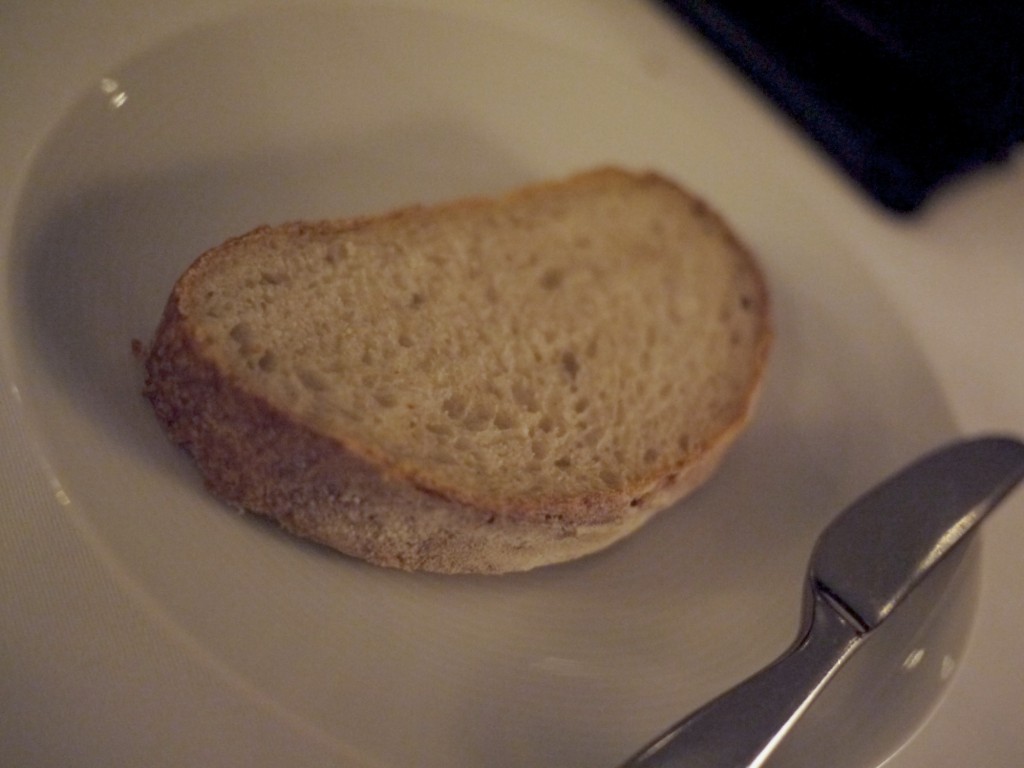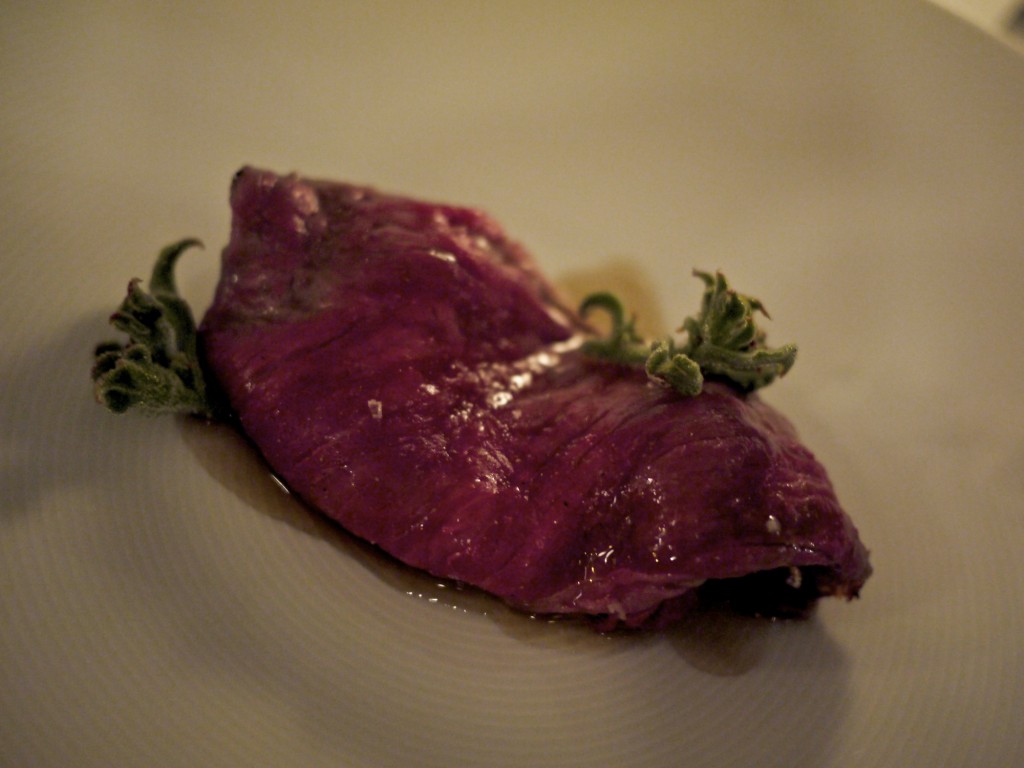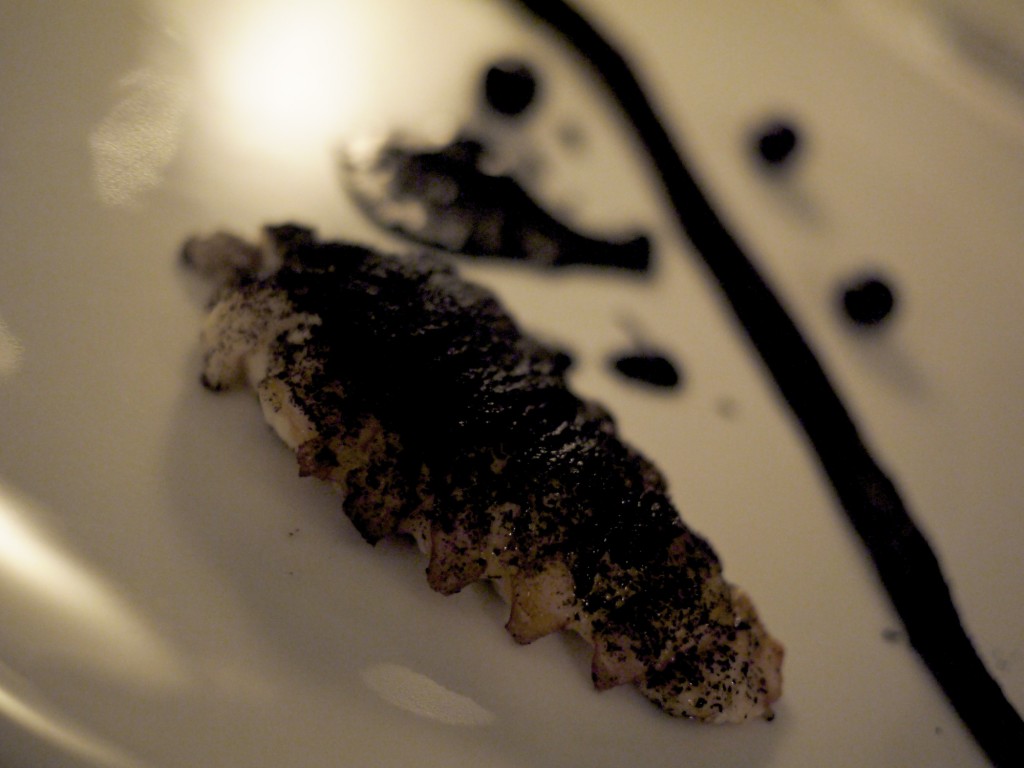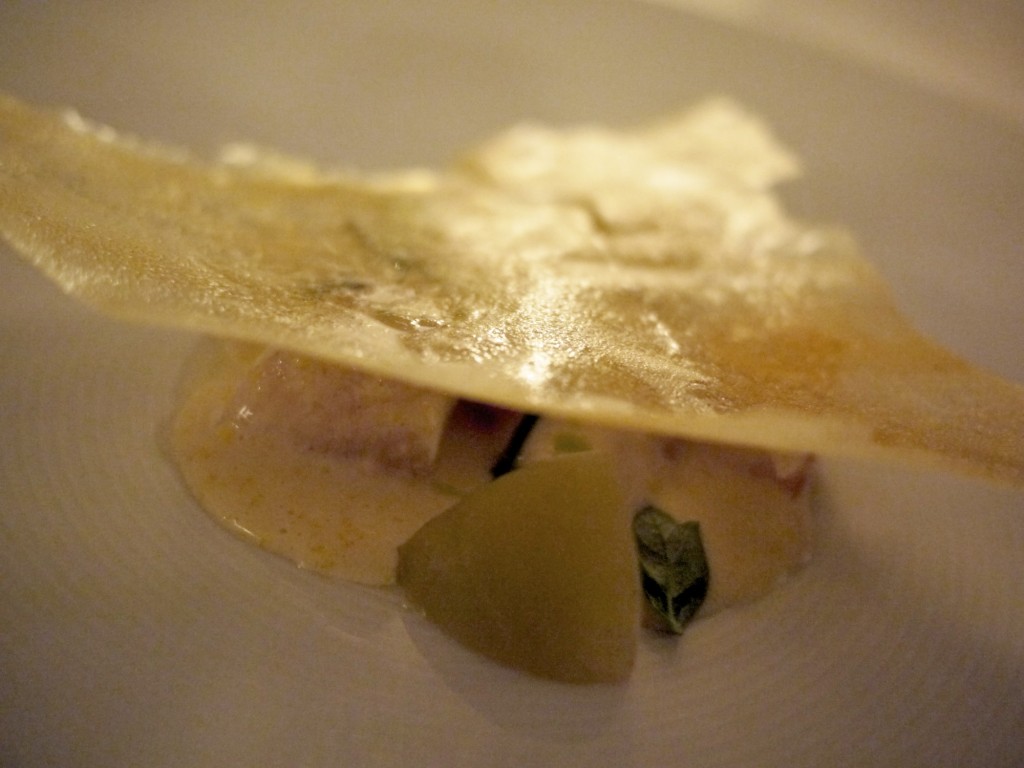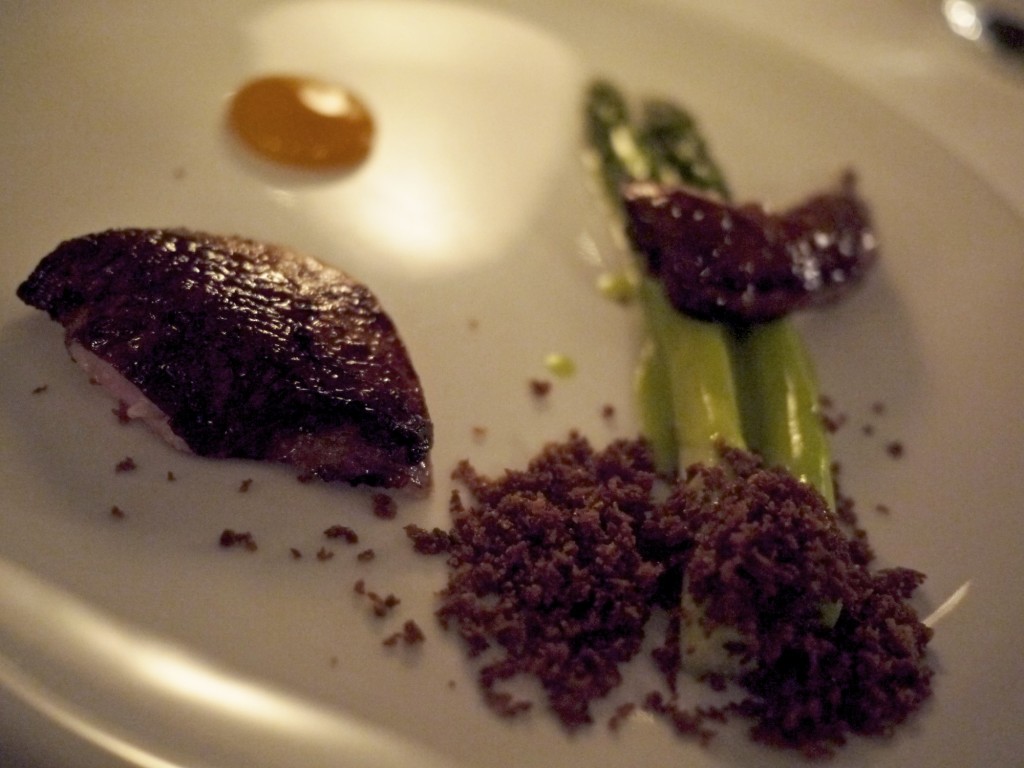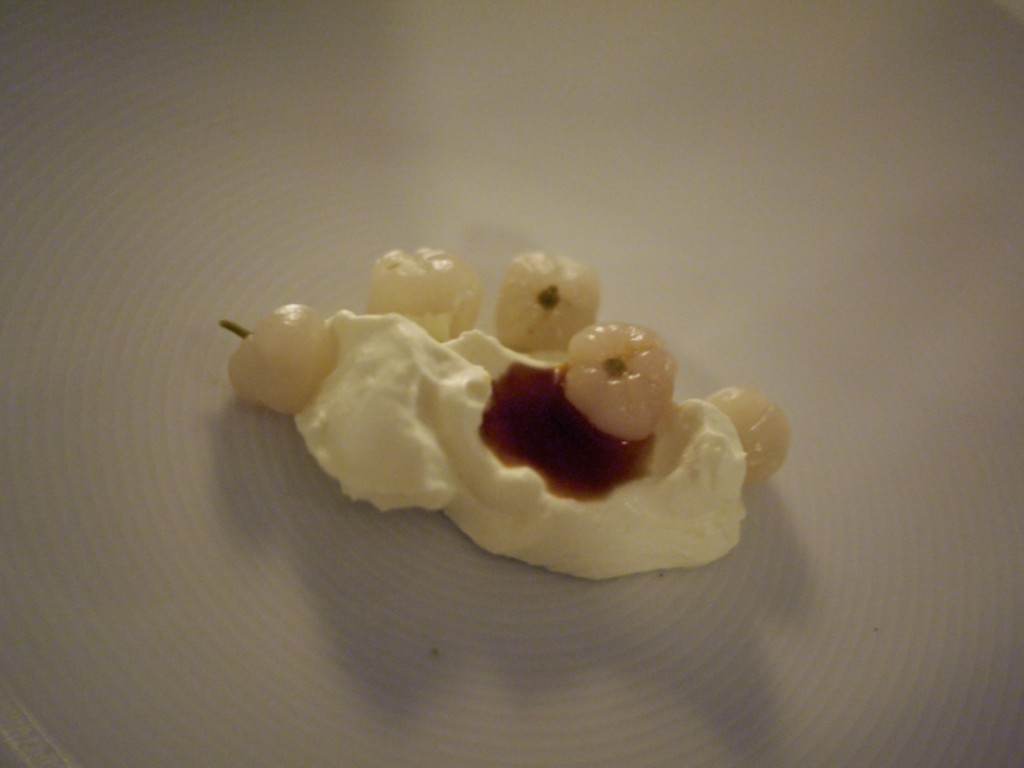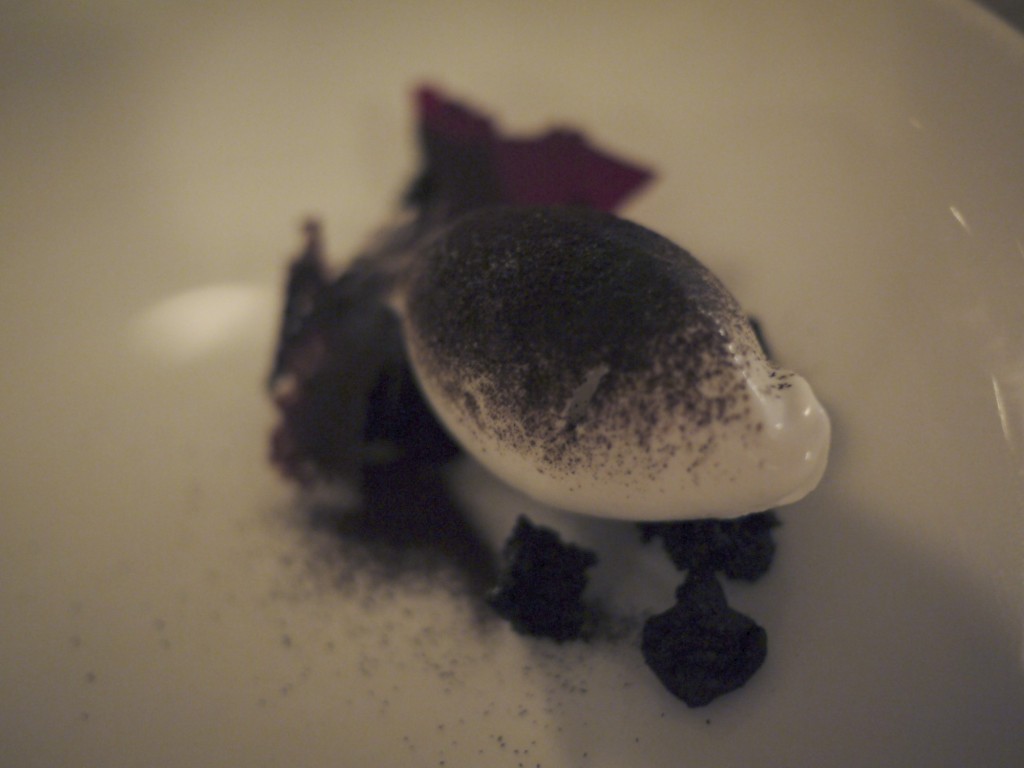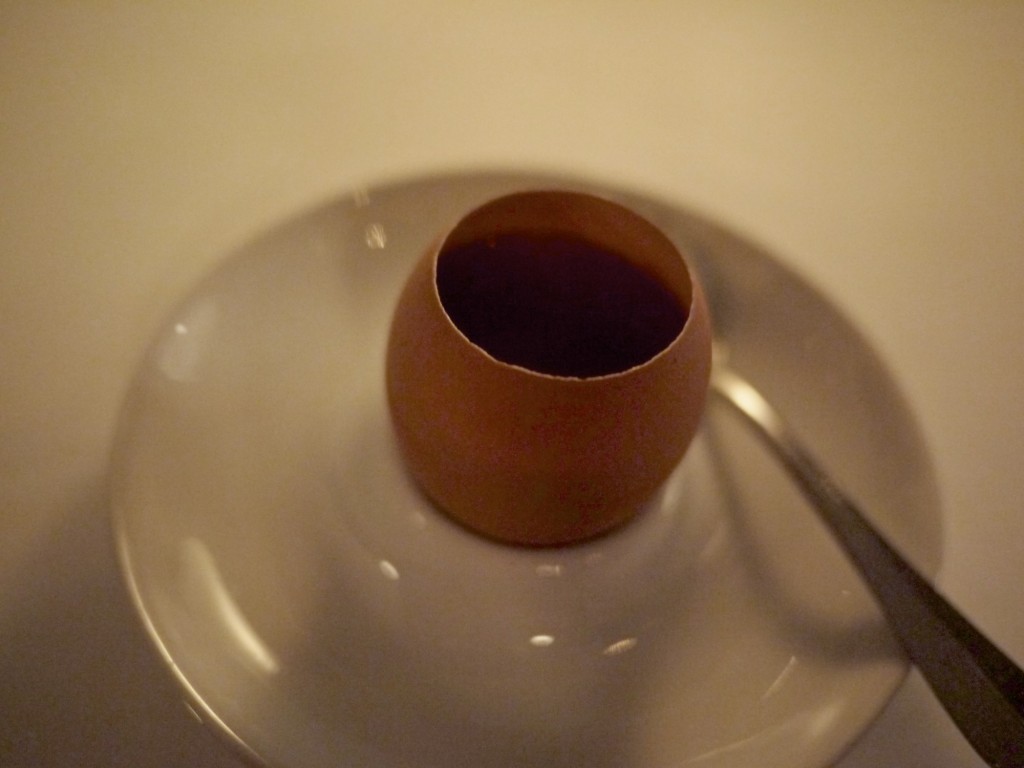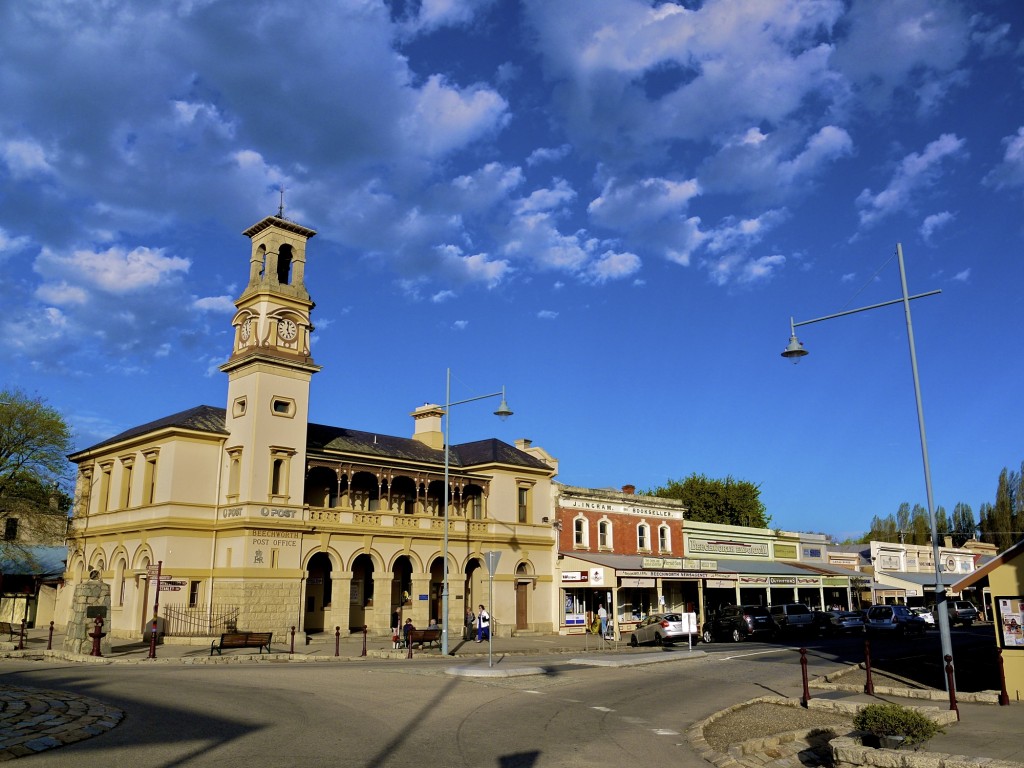 Location: High Country Victoria Attractions: Wineries, Fine Dining, Dairy & Mustard
Location: High Country Victoria Attractions: Wineries, Fine Dining, Dairy & Mustard
If you’re ever in need of taking a break from the hustle and bustle of city life, head to the High Country in Victoria. Bound by the Victorian Alps and the Murray river, it really doesn’t matter where you are in the region you will have a beautiful and inspiring backdrop. You could easily spend a weekend in the region exploring pretty little towns like Beechworth where it almost feels as if time had stopped since the glorious era of the Gold Rush. But don’t let the slow pace of life deceive you into thinking that not much goes around here. From historical towns and fine dining to top winemakers and dairies, the region has it all. What’s more, it has very discretely claimed the title of one of Australia’s best food and wine region without many people noticing, until recently that is. If fine dining and wine doesn’t tickle your fancy, you could always immerse yourself in the hundreds of kilometers of cycling routes or head down to Mt Bulla for skiing during season.
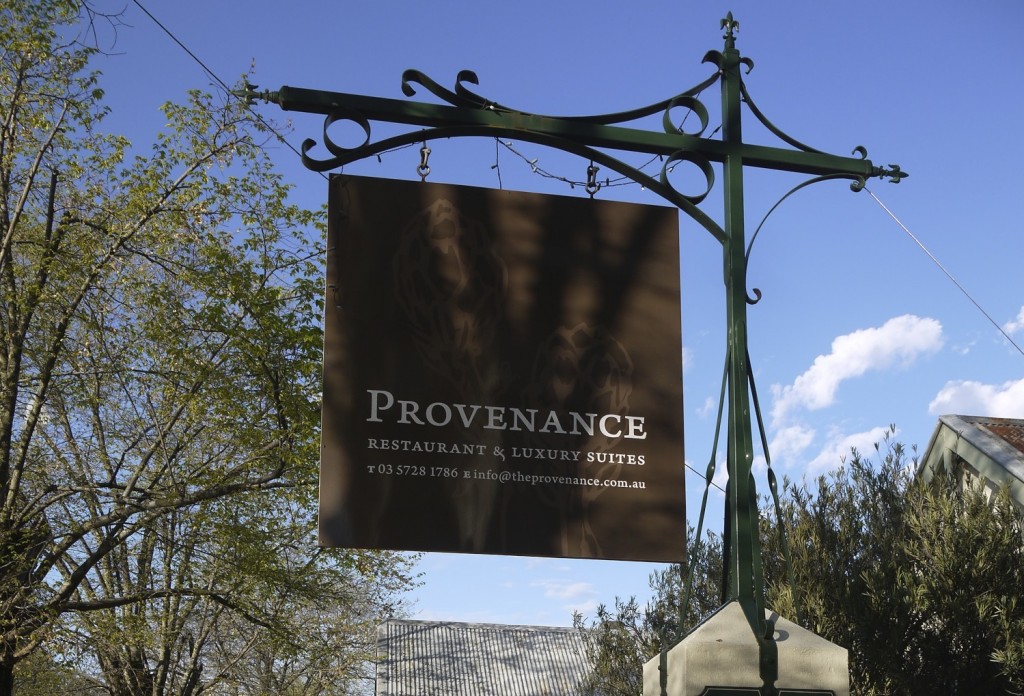 A meal at the highly acclaimed Michael Ryan’s Provenance Restaurant is a non-negotiable for any foodie visiting the region. Occupying the old Bank of Australasia built in 1856, the wealth of the era in which it was constructed is reflected in the high ceilings, brass fittings and arched windows. Even the original bank vault has been kept as a home to Chef Ryan’s wine cellar which is managed by his wife Jeanette Henderson. And the food? You can read all about Chef Ryan’s Japanese-inspired cuisine in the Restaurant Review section.
A meal at the highly acclaimed Michael Ryan’s Provenance Restaurant is a non-negotiable for any foodie visiting the region. Occupying the old Bank of Australasia built in 1856, the wealth of the era in which it was constructed is reflected in the high ceilings, brass fittings and arched windows. Even the original bank vault has been kept as a home to Chef Ryan’s wine cellar which is managed by his wife Jeanette Henderson. And the food? You can read all about Chef Ryan’s Japanese-inspired cuisine in the Restaurant Review section.
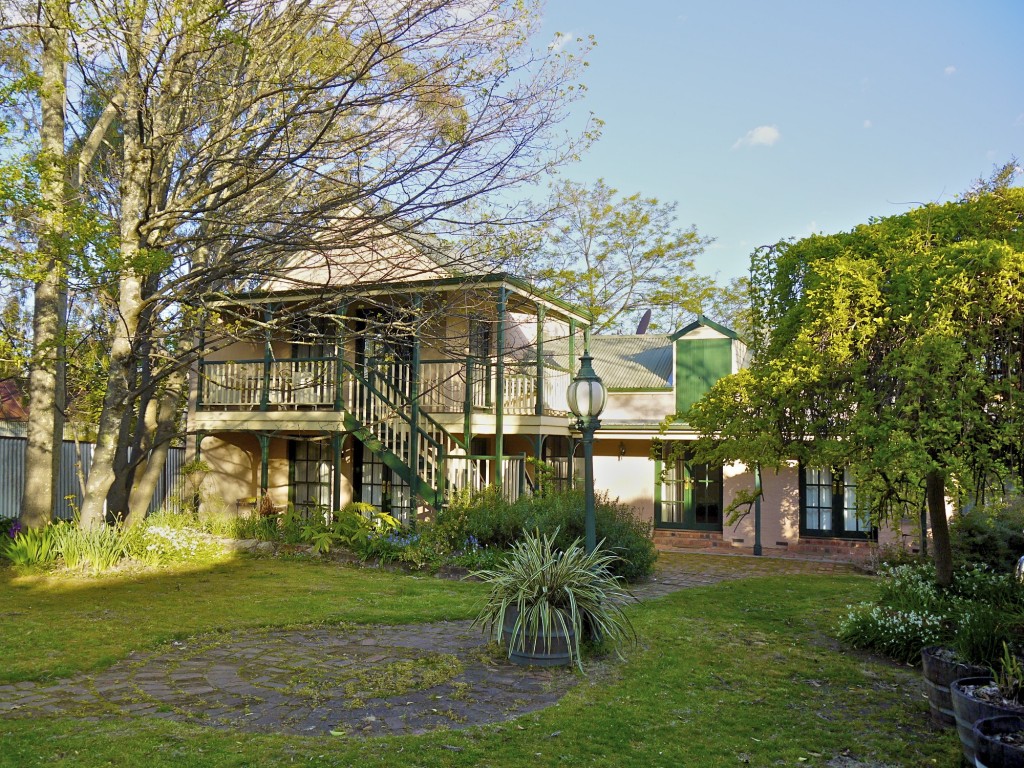 A weekend trip of course requires accommodation and luckily you don’t need to go far to look for a luxurious and comfortable place to stay. Provenance has four beautifully designed suites behind the restaurant for those who want to just stumble back to their bed after a delicious dinner. The bonus of course is that you get to indulge in more of Chef Ryan’s delicious food the following morning during breakfast. Surprisingly, the price is reasonable and in my view worth every cent. But be warned that you will need to book in advance, particularly for weekends.
A weekend trip of course requires accommodation and luckily you don’t need to go far to look for a luxurious and comfortable place to stay. Provenance has four beautifully designed suites behind the restaurant for those who want to just stumble back to their bed after a delicious dinner. The bonus of course is that you get to indulge in more of Chef Ryan’s delicious food the following morning during breakfast. Surprisingly, the price is reasonable and in my view worth every cent. But be warned that you will need to book in advance, particularly for weekends.
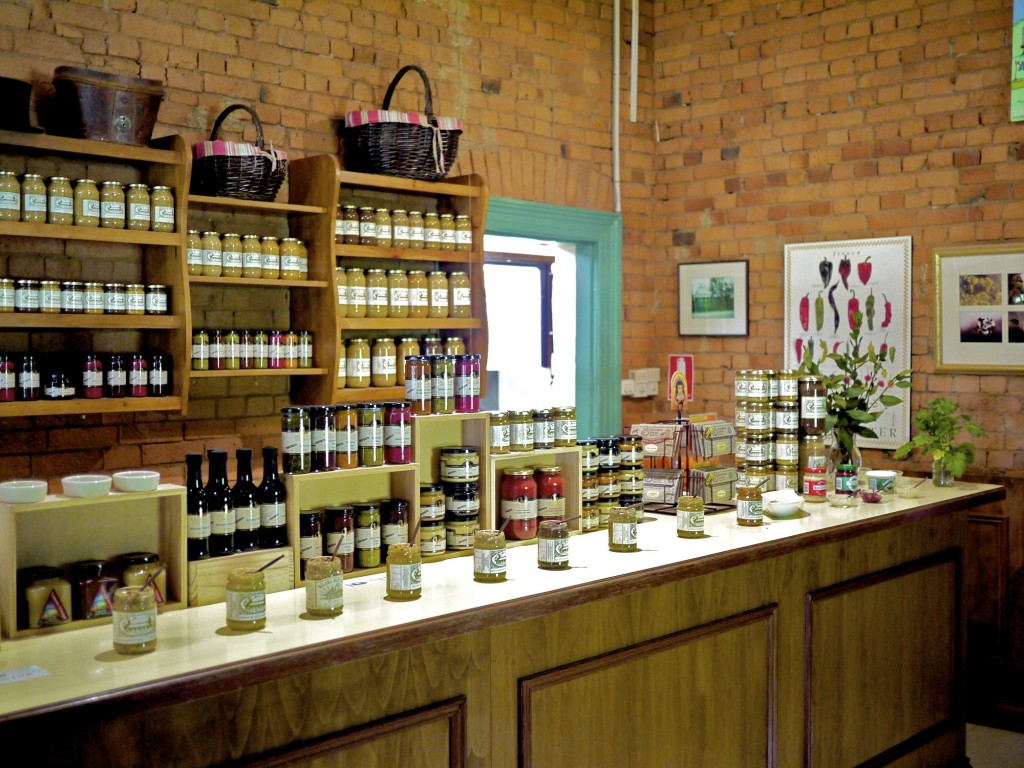 A visit to the High Country of course cannot be complete without a visit to Milawa! For a small town with a population of only around 600, this town houses quite a few well known establishments including the Brown Brothers vineyard which has been around since 1889 and also Milawa Mustards. I was amazed to find so many flavours of mustards including, but not limited to, French, Mild Honey and Tarragon to more unusual ones like Bourbon, Dill & Lemon and Flaming Hot Chilli that comes with its own warning.
A visit to the High Country of course cannot be complete without a visit to Milawa! For a small town with a population of only around 600, this town houses quite a few well known establishments including the Brown Brothers vineyard which has been around since 1889 and also Milawa Mustards. I was amazed to find so many flavours of mustards including, but not limited to, French, Mild Honey and Tarragon to more unusual ones like Bourbon, Dill & Lemon and Flaming Hot Chilli that comes with its own warning.
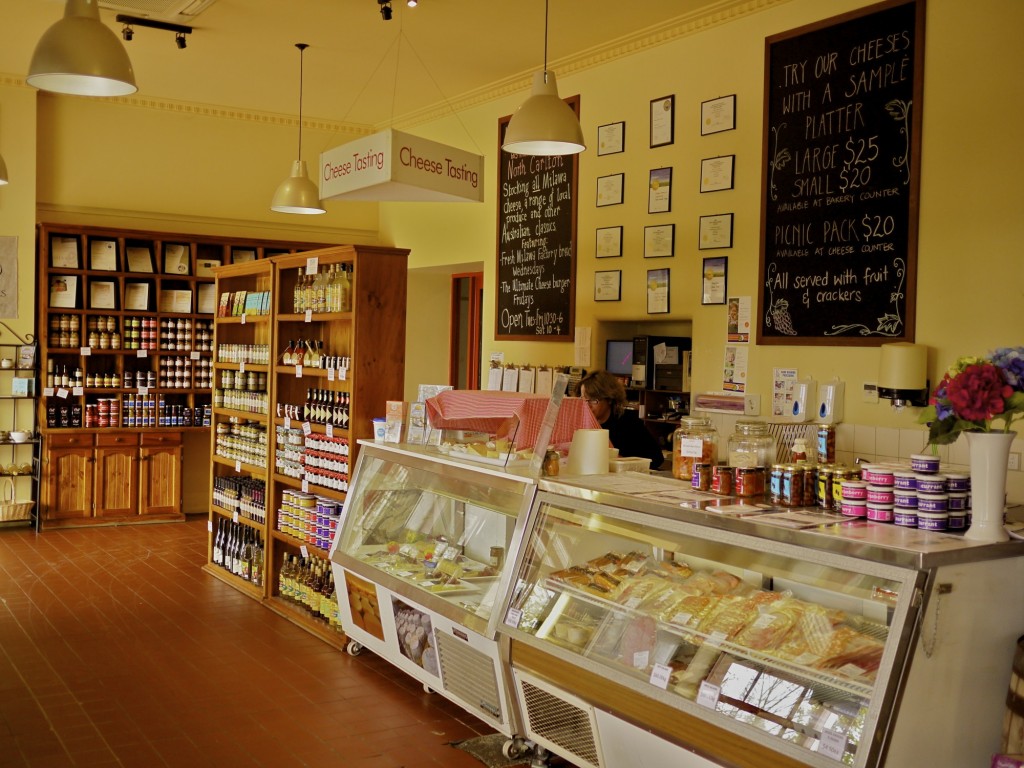 The most famous institution that put the town on the culinary map of the region was of course the Milawa Cheese Company. Cheese tastings are offered all day until 4.30pm with sales extending until 5pm.
The most famous institution that put the town on the culinary map of the region was of course the Milawa Cheese Company. Cheese tastings are offered all day until 4.30pm with sales extending until 5pm.
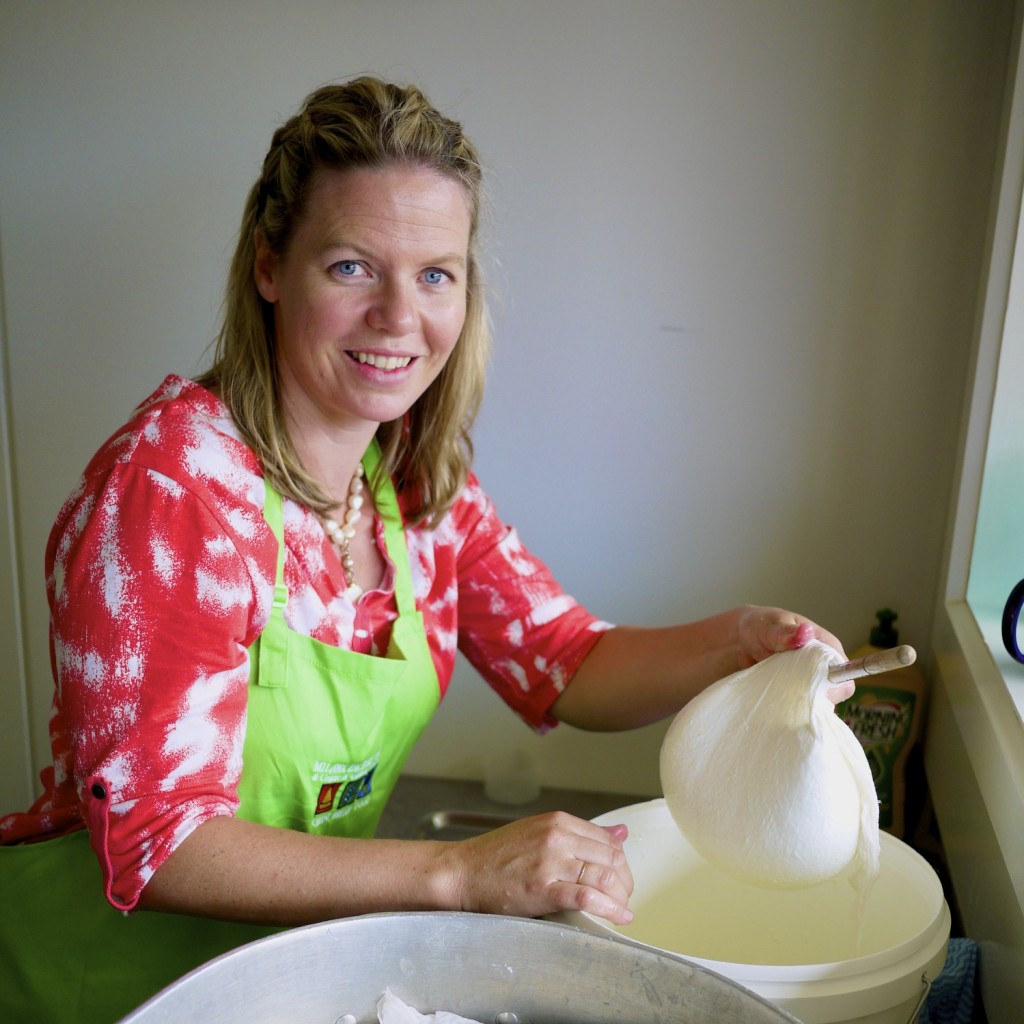 If you also plan in advance and are fortunate enough to get a space, a cheese making course offered by Anna-Kate Pizzini is a must and will surely be one of your highlights. Our course took place on the premise of the Milawa Cheese Company but Anna-Kate now offers these courses at Pizzini Winery (More details available at www.pizzini.com.au). Coming in at only $140 per person for the course including all equipment and supplies and which lasted for a good part of the day, this is an absolute steal and one of the best value cooking classes I have ever been fortunate enough to do! What’s more, you can replicate everything you’ve learnt at home without buying a dairy farm or expensive / complex tools.
If you also plan in advance and are fortunate enough to get a space, a cheese making course offered by Anna-Kate Pizzini is a must and will surely be one of your highlights. Our course took place on the premise of the Milawa Cheese Company but Anna-Kate now offers these courses at Pizzini Winery (More details available at www.pizzini.com.au). Coming in at only $140 per person for the course including all equipment and supplies and which lasted for a good part of the day, this is an absolute steal and one of the best value cooking classes I have ever been fortunate enough to do! What’s more, you can replicate everything you’ve learnt at home without buying a dairy farm or expensive / complex tools.
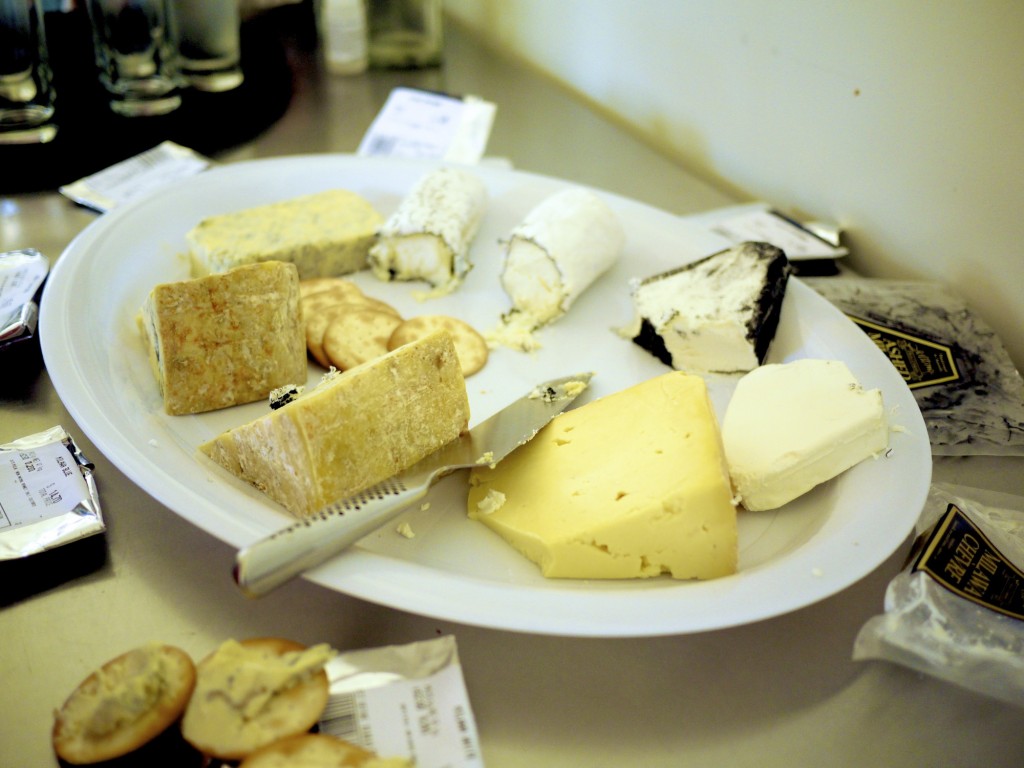 We attended a class focussed on blue cheese and goats cherve, although classes on hard and soft cheese are also available. We started with the light fresh goats cherve and ended up with enough to last us for a week. It was delicious! Anna-Kate then did a cooking demonstration using the goats cheese to make chevre chaud. This is essentially tasty goats cheese, prosciutto and herb patties which are crumbed and fried, and accompanied by a rocket salad with vinagrette. In conjunction with a very generous cheese tasting platter, this was a very welcome morning tea. Divine.
We attended a class focussed on blue cheese and goats cherve, although classes on hard and soft cheese are also available. We started with the light fresh goats cherve and ended up with enough to last us for a week. It was delicious! Anna-Kate then did a cooking demonstration using the goats cheese to make chevre chaud. This is essentially tasty goats cheese, prosciutto and herb patties which are crumbed and fried, and accompanied by a rocket salad with vinagrette. In conjunction with a very generous cheese tasting platter, this was a very welcome morning tea. Divine.
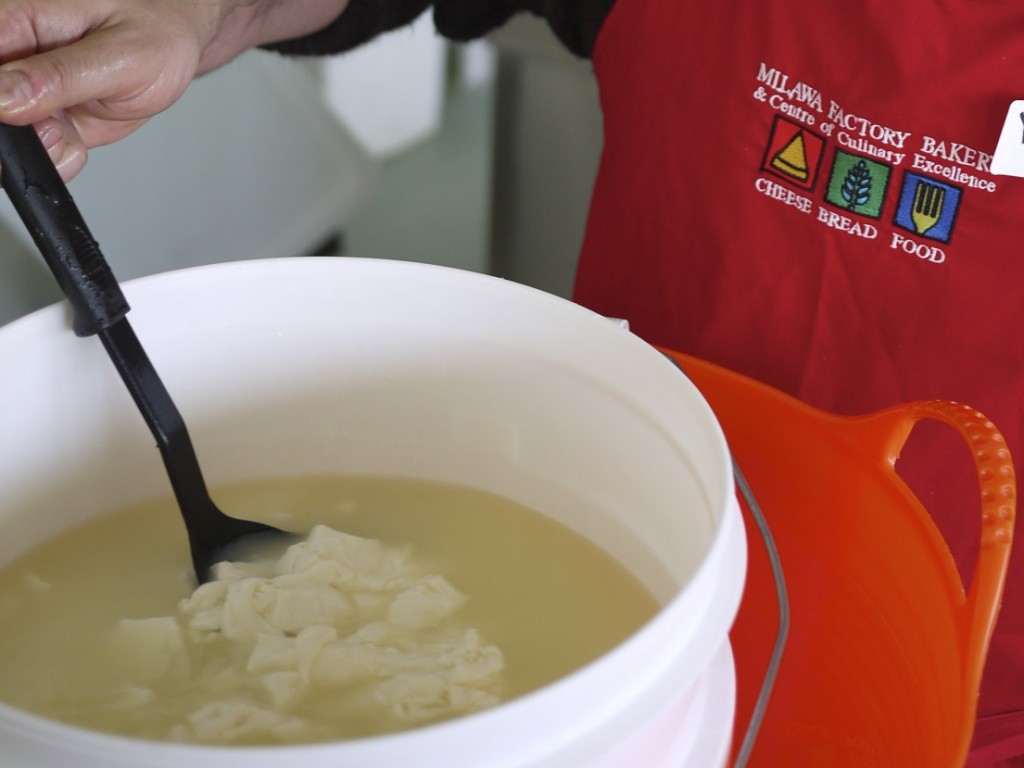 We then proceeded on to make our blue cheese. This took a little more patience and required some homework. While the curds were settling we tucked into lunch involving some delicious pizzas from the cheese factory (we upgraded to include some local wine as well). In the afternoon we finished our blues and placed them in molds to rest before using the whey to make some ricotta, which again we got to take home to enjoy later. All in all a fabulous way to spend a day and I really felt at the end of the course that this was something I could easily do in my own kitchen. As I mentioned making blue cheese did require some homework. Once we were back at the hotel, over the next six hours,there was a strict time frame in which the blue cheese needed to be salted and turned in its mold before undergoing a three month approximate period of maturation. It is a testament to my wifes obsession with cheese that later in the evening she popped back to our room in between courses at Provenance on at least two occasions to tend to her charges. It was worth it. At the end of it all we came away with quite a few rounds of blue cheese which we then ate with our family at Christmas. They were fantastic!
We then proceeded on to make our blue cheese. This took a little more patience and required some homework. While the curds were settling we tucked into lunch involving some delicious pizzas from the cheese factory (we upgraded to include some local wine as well). In the afternoon we finished our blues and placed them in molds to rest before using the whey to make some ricotta, which again we got to take home to enjoy later. All in all a fabulous way to spend a day and I really felt at the end of the course that this was something I could easily do in my own kitchen. As I mentioned making blue cheese did require some homework. Once we were back at the hotel, over the next six hours,there was a strict time frame in which the blue cheese needed to be salted and turned in its mold before undergoing a three month approximate period of maturation. It is a testament to my wifes obsession with cheese that later in the evening she popped back to our room in between courses at Provenance on at least two occasions to tend to her charges. It was worth it. At the end of it all we came away with quite a few rounds of blue cheese which we then ate with our family at Christmas. They were fantastic!
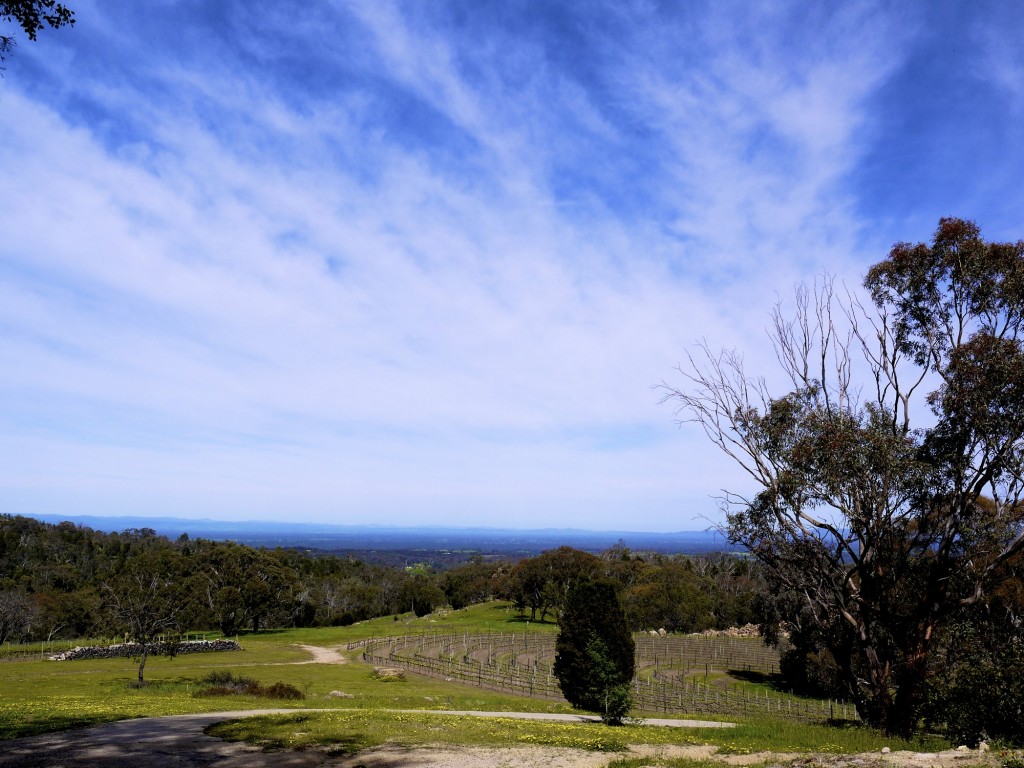 A five minute drive from Beechworth will also take you to a couple of amazing wineries such as Castagna and Giaconda. After our first encounter with Giaconda’s chardonnay at Attica as part of the matching option, we knew we had to come here some day to get a feel of the place. With no cellar door available, die hard fans can try calling Rick Kinzbrunner for a visit though he is often occupied between managing the winery and spending several months at a time in the Languedoc region of France.
A five minute drive from Beechworth will also take you to a couple of amazing wineries such as Castagna and Giaconda. After our first encounter with Giaconda’s chardonnay at Attica as part of the matching option, we knew we had to come here some day to get a feel of the place. With no cellar door available, die hard fans can try calling Rick Kinzbrunner for a visit though he is often occupied between managing the winery and spending several months at a time in the Languedoc region of France.
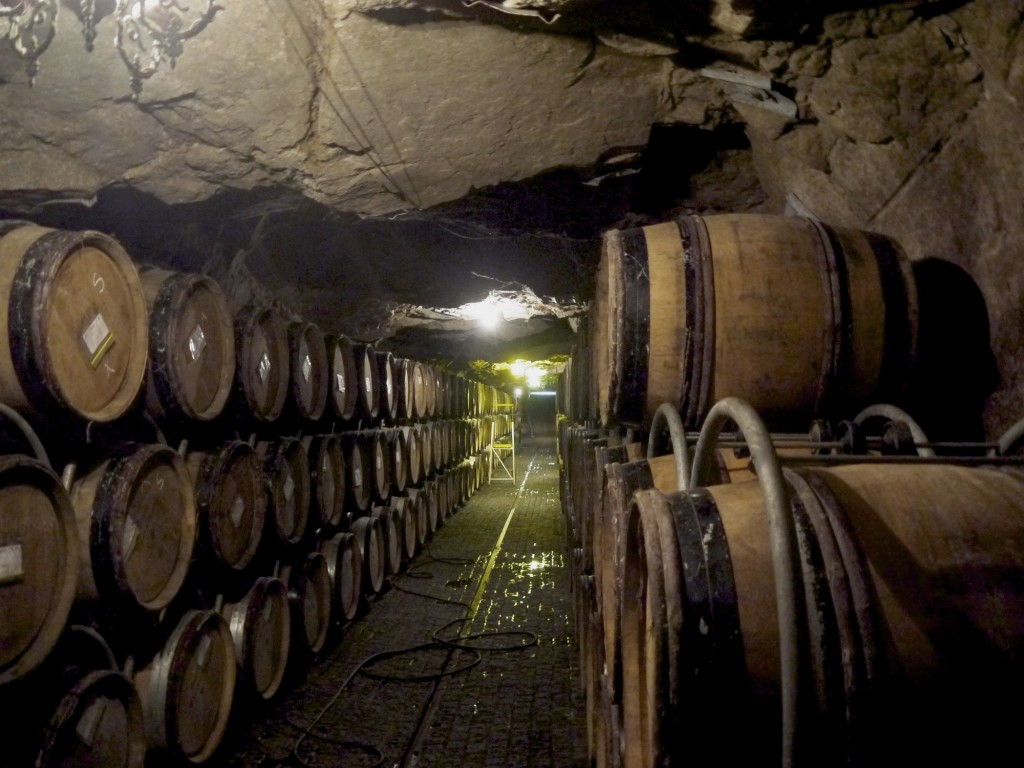 Kinzbrunner’s wine cellar is a site to behold. With the aid of a few exposive technicians (doesn’t everyone have such people on call?), Kinzbrunner blasted his way through solid granite from the side of a hill to create the perfect wine cellar to overcome the Australian summer heat, without incurring a hefty energy bill. All it took was some patience to find the right group of experts to take on the job, a hundred days of work and two and a half tonnes of explosives.
Kinzbrunner’s wine cellar is a site to behold. With the aid of a few exposive technicians (doesn’t everyone have such people on call?), Kinzbrunner blasted his way through solid granite from the side of a hill to create the perfect wine cellar to overcome the Australian summer heat, without incurring a hefty energy bill. All it took was some patience to find the right group of experts to take on the job, a hundred days of work and two and a half tonnes of explosives.
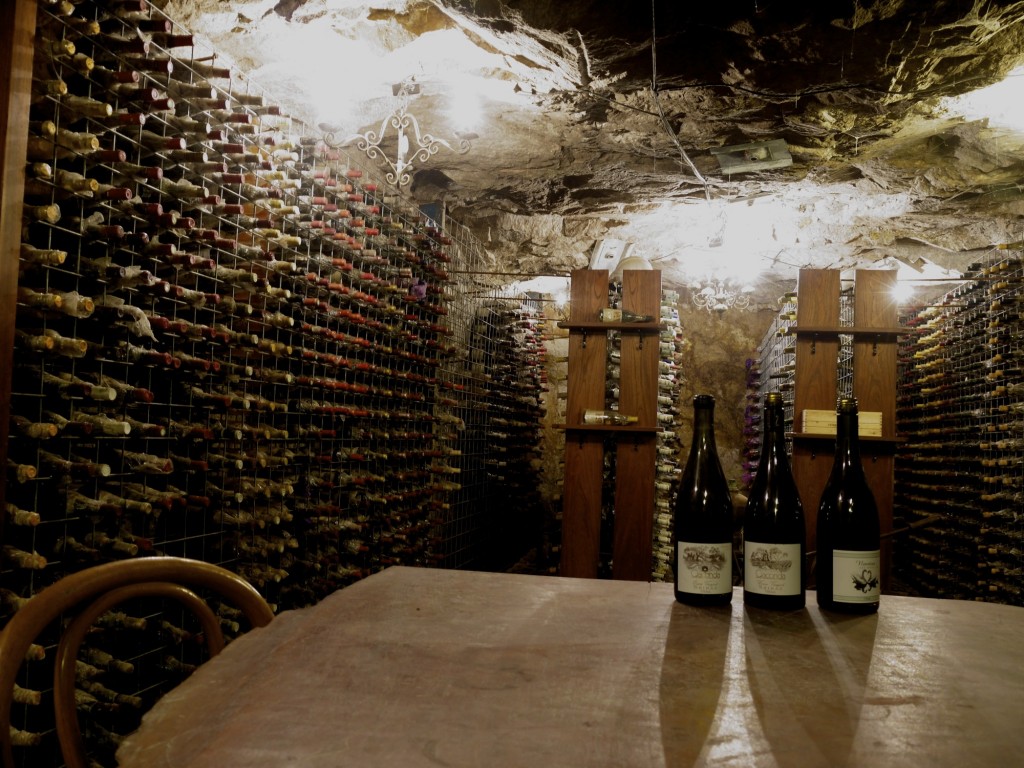 Whilst the prized Estate Chardonnay was sold out, we got the opportunity to try Kinzbrunner’s Estate Shiraz straight from the barrel using a beautifully custom made wine thief from France, and his other range of chardonnay; the Nantua Les Deux – essentially a blend of premium Giaconda Estate grown chardonnay and fruit sourced from neighbouring vineyards. The wine was made using similar methods to the Estate Vineyard Chardonnay but with less time in barrel (roughly one year). The result was much more fruity. What a way to end our trip!
Whilst the prized Estate Chardonnay was sold out, we got the opportunity to try Kinzbrunner’s Estate Shiraz straight from the barrel using a beautifully custom made wine thief from France, and his other range of chardonnay; the Nantua Les Deux – essentially a blend of premium Giaconda Estate grown chardonnay and fruit sourced from neighbouring vineyards. The wine was made using similar methods to the Estate Vineyard Chardonnay but with less time in barrel (roughly one year). The result was much more fruity. What a way to end our trip!
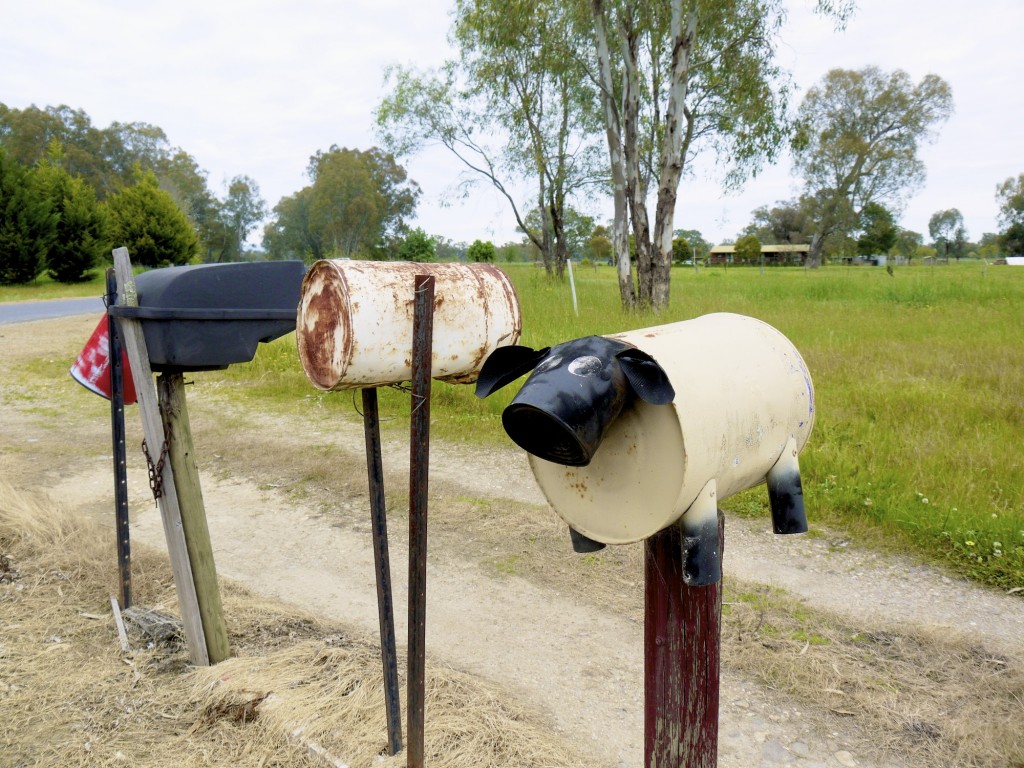 With an abudance of restaurants, wineries, outdoor activities and natural beauty, the High Country makes great grounds for exploring. What I particularly enjoyed from my various encounters with the local people during the trip was that everyone we met was genuine and passionate about their work. The balanced quality of life here appeared to have spurred on the passion and imagination of the local artisans. And when it comes to creativity, I’m sure you will agree that this mailbox amongst many unique ones we saw that weekend makes my point.
With an abudance of restaurants, wineries, outdoor activities and natural beauty, the High Country makes great grounds for exploring. What I particularly enjoyed from my various encounters with the local people during the trip was that everyone we met was genuine and passionate about their work. The balanced quality of life here appeared to have spurred on the passion and imagination of the local artisans. And when it comes to creativity, I’m sure you will agree that this mailbox amongst many unique ones we saw that weekend makes my point.

